PRESERVING / RECORDING / COLLECTING SEEDS ETRURIA VALLEY
On the 25th September 2020, first signs of development work appeared on a brownfield site in Etruria Valley, Stoke-on-Trent – 46 acres of land formerly belonging to Shelton Works. In 1986, large parts of the former steelworks (which closed in the 70s) were reclaimed for the National Garden Festival, but this site remained a slag dump and was largely left to its own devices. Nature reclaimed it successfully, turning this once industrial site into an urban meadow, full of plants with phytoremediation, or soil quality reclamation, capacity like alfaalfa, willow or fireweed. Life thrived especially along Fowlea Brook, which flows through the site and in the northernmost part, which remained untouched the longest, birches, poplars and willows formed a young forest.
A decision was made however that in order to relieve congestion on the A500, a link road will be built through the site. The development, described by Dan Jellyman, cabinet member for regeneration, infrastructure and heritage as ‘a really big moment’ and ‘another example of how we are getting things done in Stoke-on-Trent’, will link the main artery with Festival Retail Park and St Modwen Park Stoke Central, where it will serve 85,000sq ft of newly-built industrial and logistics development space.
43 years after the collapse of Shelton Bar steelworks, the site will serve the industry again. But is it really the best use of this space? Walking through the site almost everyday I imagined another scenario – where the Department for Transport, Stoke-on-Trent City Council, Staffordshire and Stoke-on-Trent Local Enterprise Partnership, and and the government's Growing Places Fund which together put out £40.6 to fund this link road, invited instead a group of ecologists, scientists, green urban space planners together with the local community to create a 46-acre ecologically diverse park along the Trent and Mersey Canal.
A decision was made however that in order to relieve congestion on the A500, a link road will be built through the site. The development, described by Dan Jellyman, cabinet member for regeneration, infrastructure and heritage as ‘a really big moment’ and ‘another example of how we are getting things done in Stoke-on-Trent’, will link the main artery with Festival Retail Park and St Modwen Park Stoke Central, where it will serve 85,000sq ft of newly-built industrial and logistics development space.
43 years after the collapse of Shelton Bar steelworks, the site will serve the industry again. But is it really the best use of this space? Walking through the site almost everyday I imagined another scenario – where the Department for Transport, Stoke-on-Trent City Council, Staffordshire and Stoke-on-Trent Local Enterprise Partnership, and and the government's Growing Places Fund which together put out £40.6 to fund this link road, invited instead a group of ecologists, scientists, green urban space planners together with the local community to create a 46-acre ecologically diverse park along the Trent and Mersey Canal.



07/2020

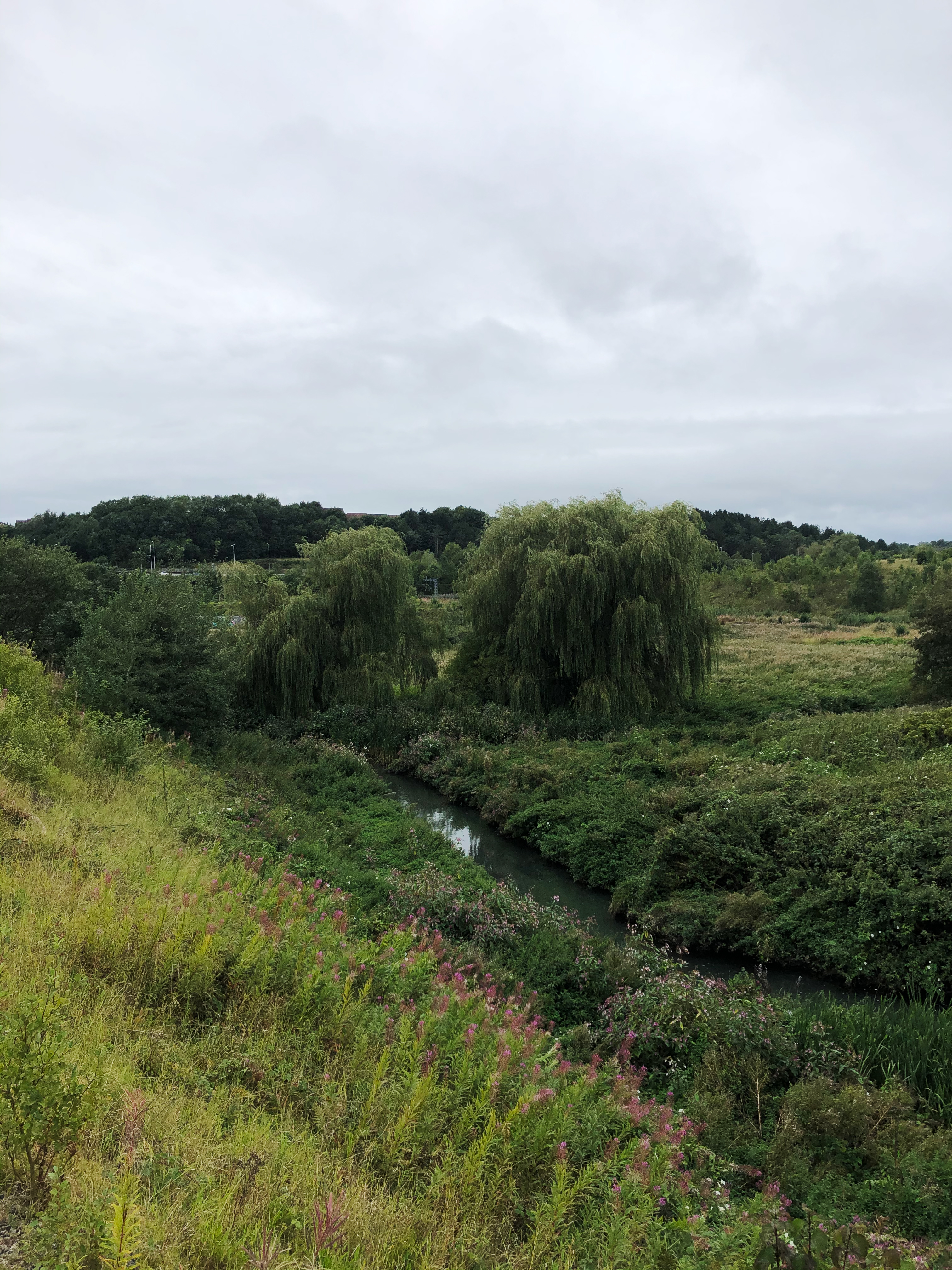


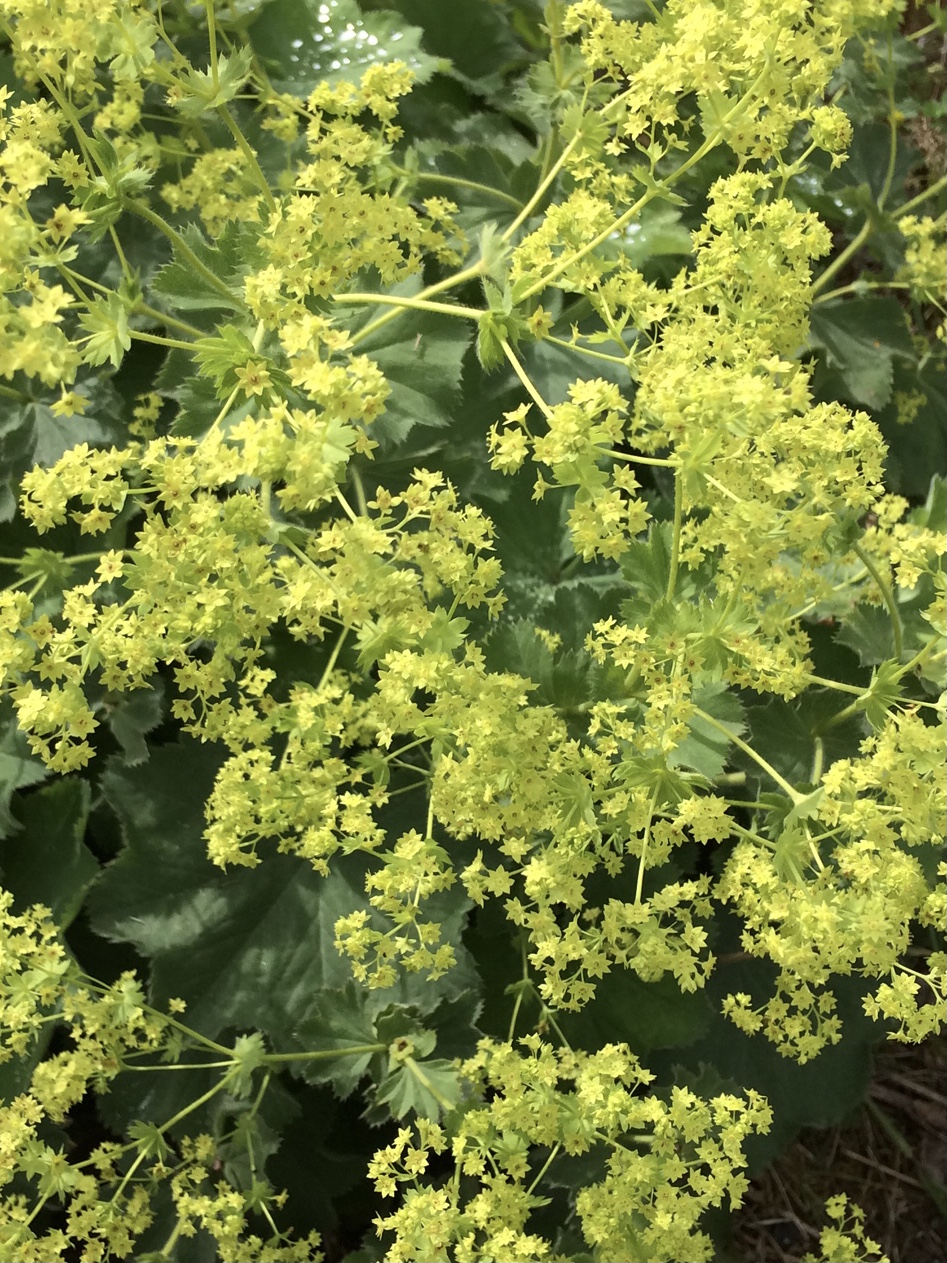
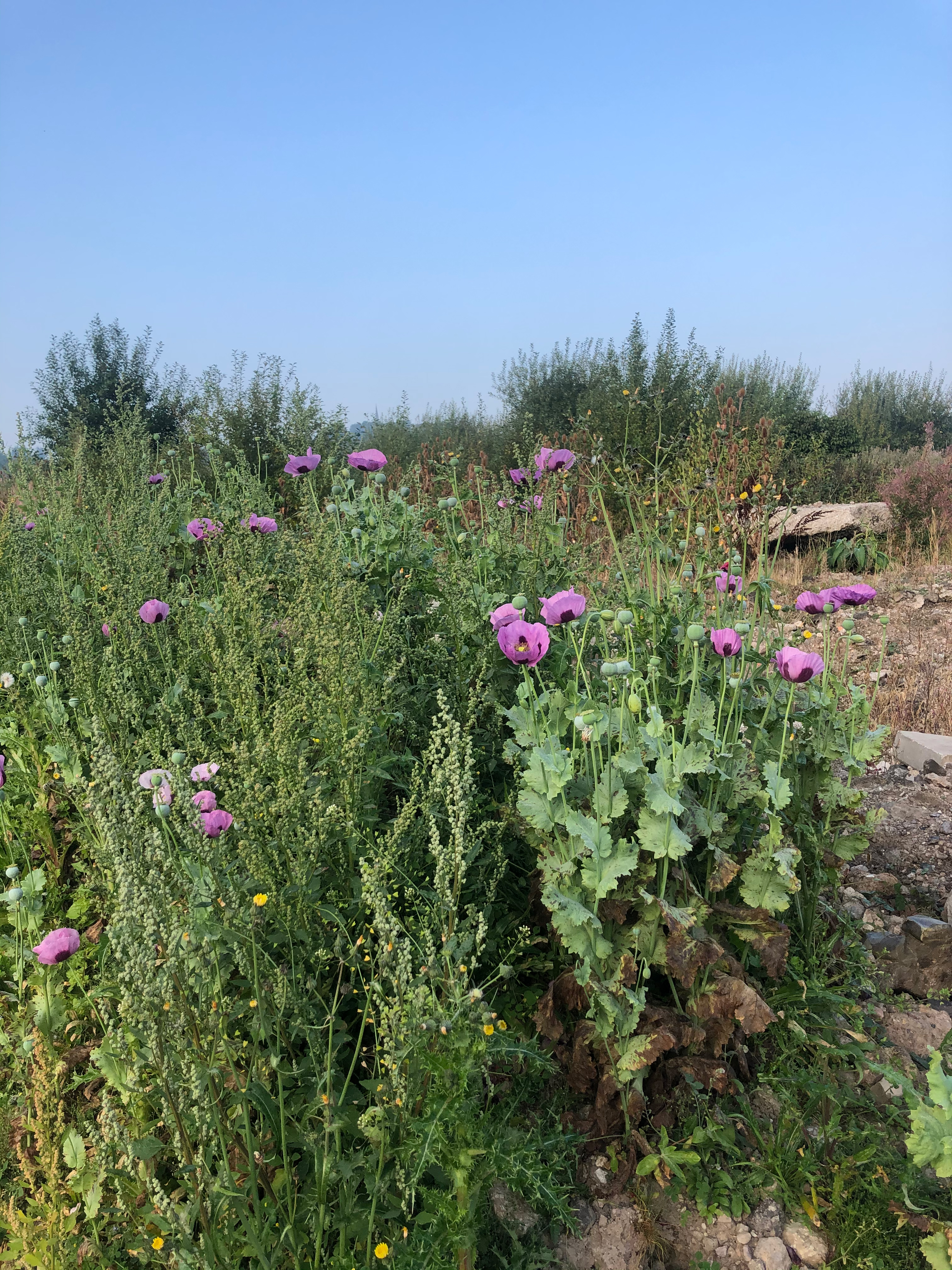
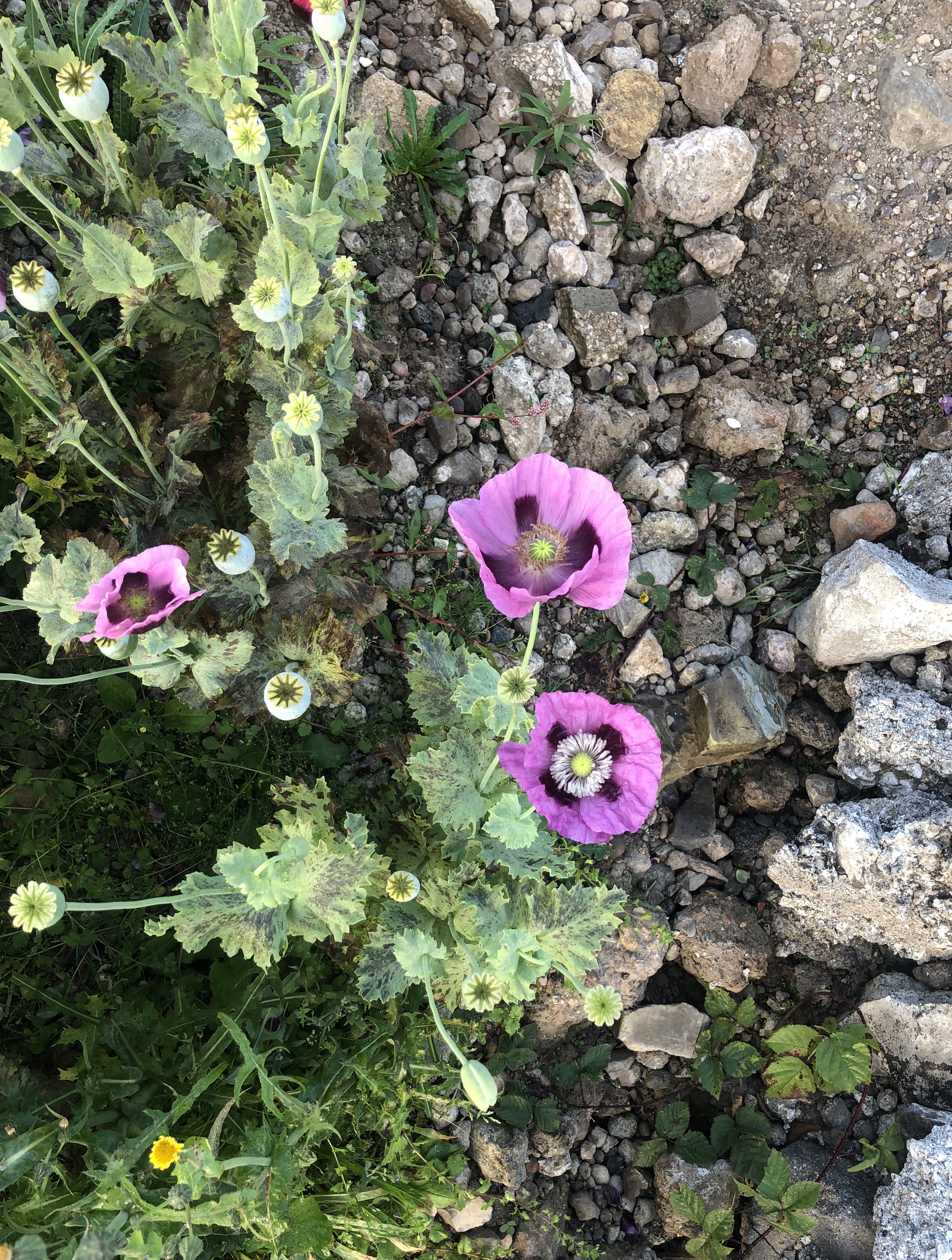
08/2020
This website contains a photographic record of how the site changed since the roadworks started in September. But it also displays its rich ecology in the months before, when it was still free of skips and bulldozers. As the construction progressed, access became increasingly difficult and the land flattened. In January 2021, the northeast side of the site is the only original part which hasn’t been destroyed and remains the only point of entry.
![]()

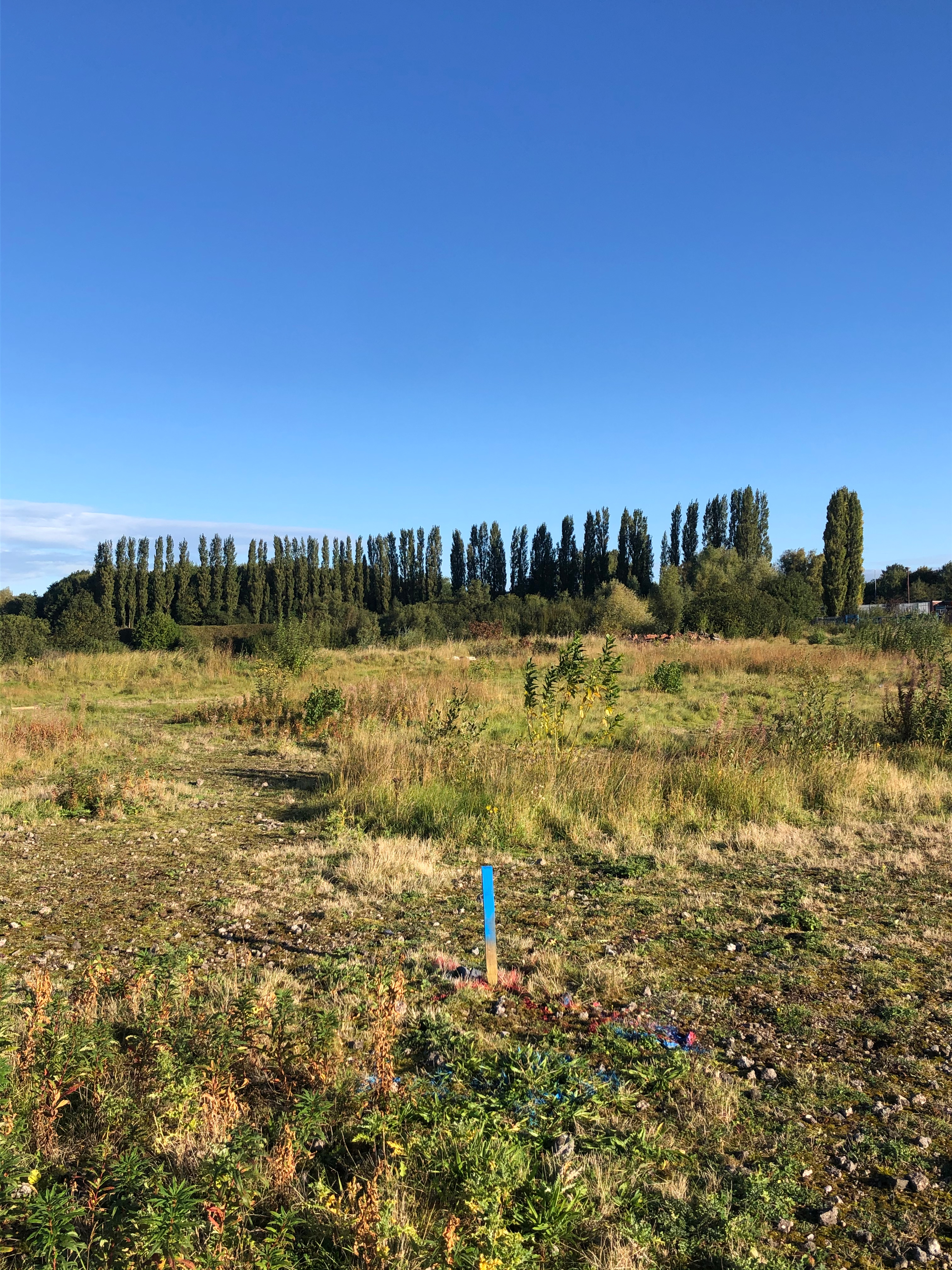
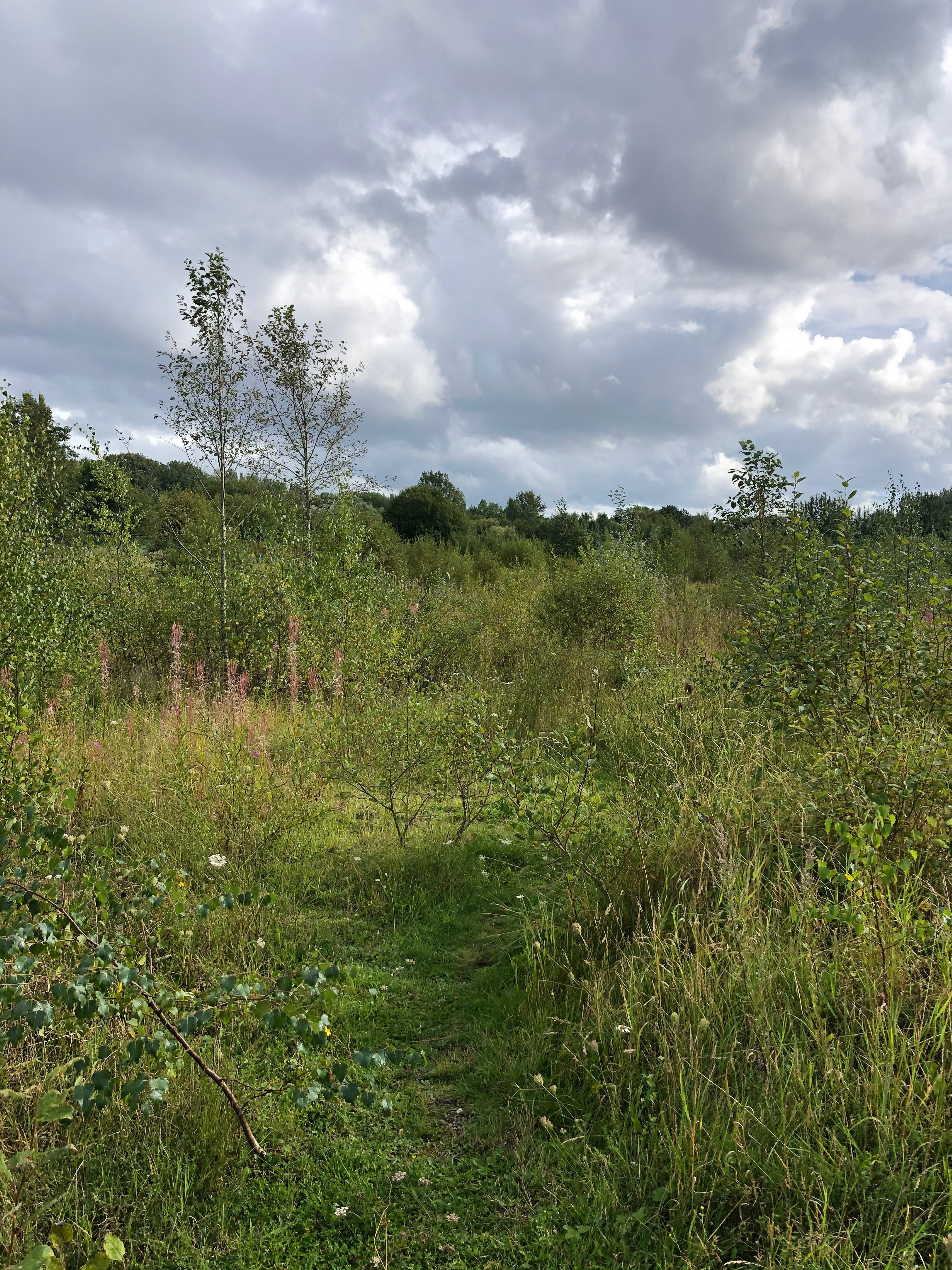
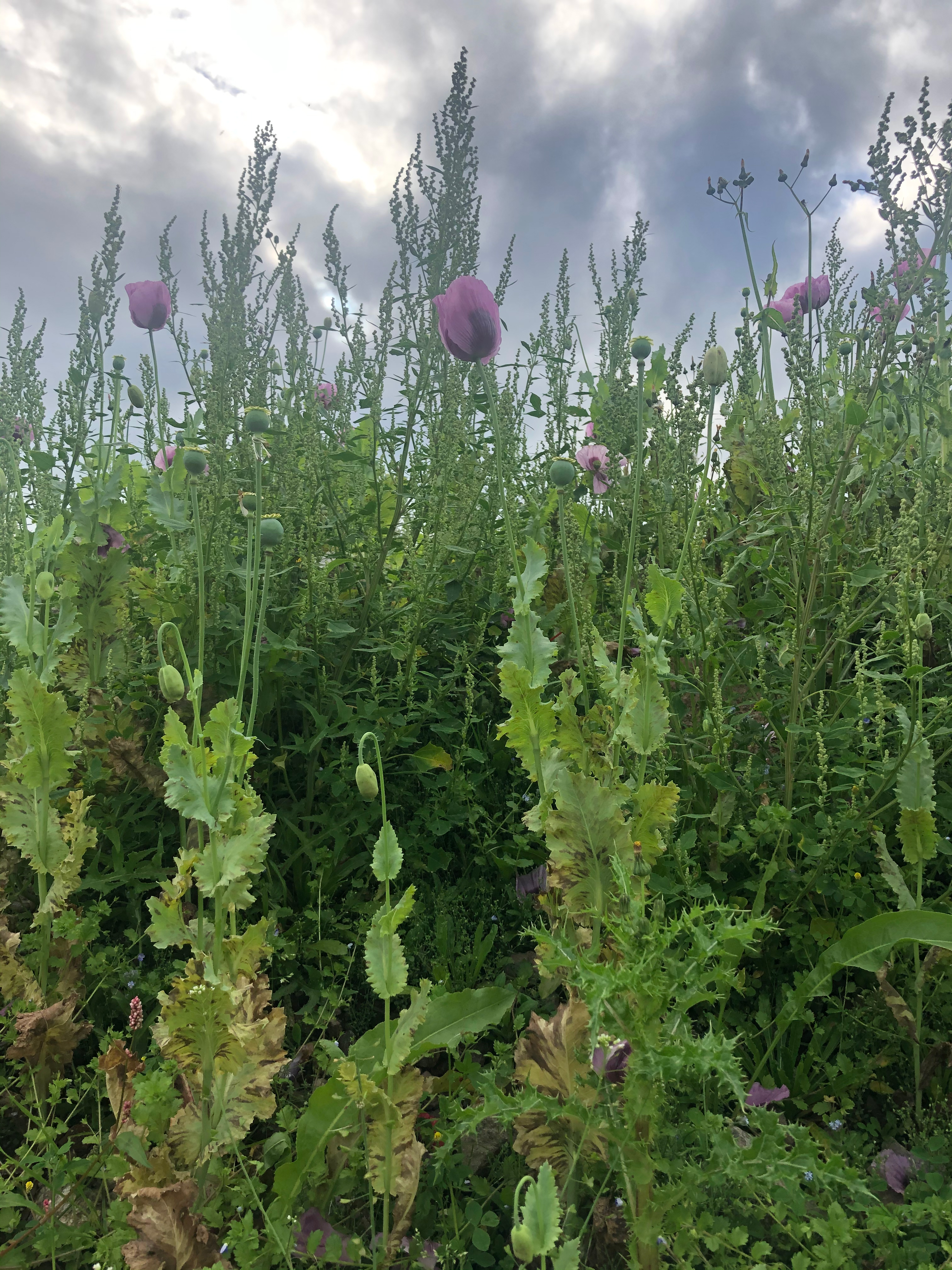
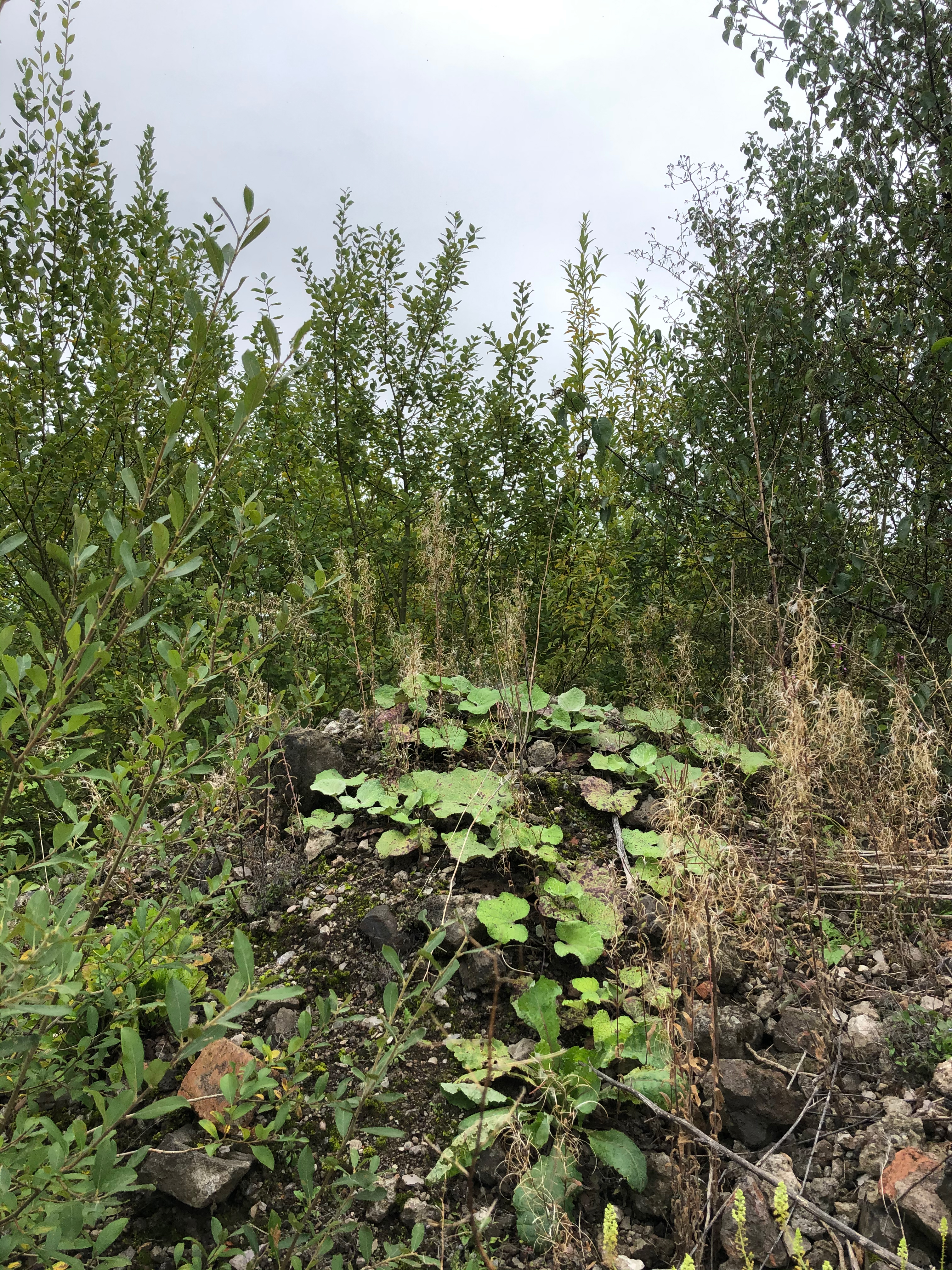
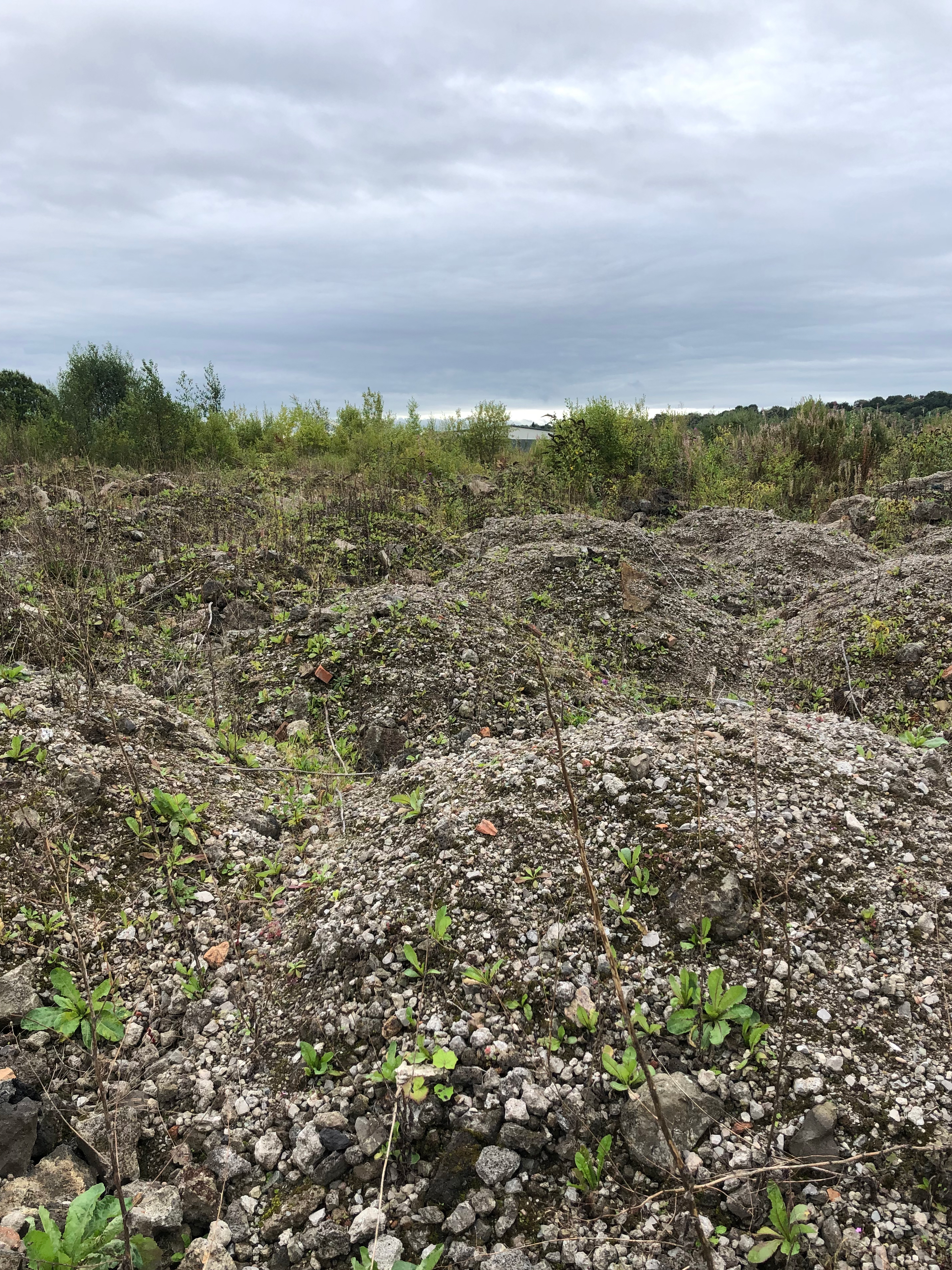

09/2020
Throughout October, I collected seeds from plants growing in Etruria Valley, to sow them again in areas of the site which have been flattened. And, if they are no longer accessible, in flowerbeds to preserve the memory and symbolic continuity of this place.
![]()
![]()
![]()
![]()
![]()
![]()
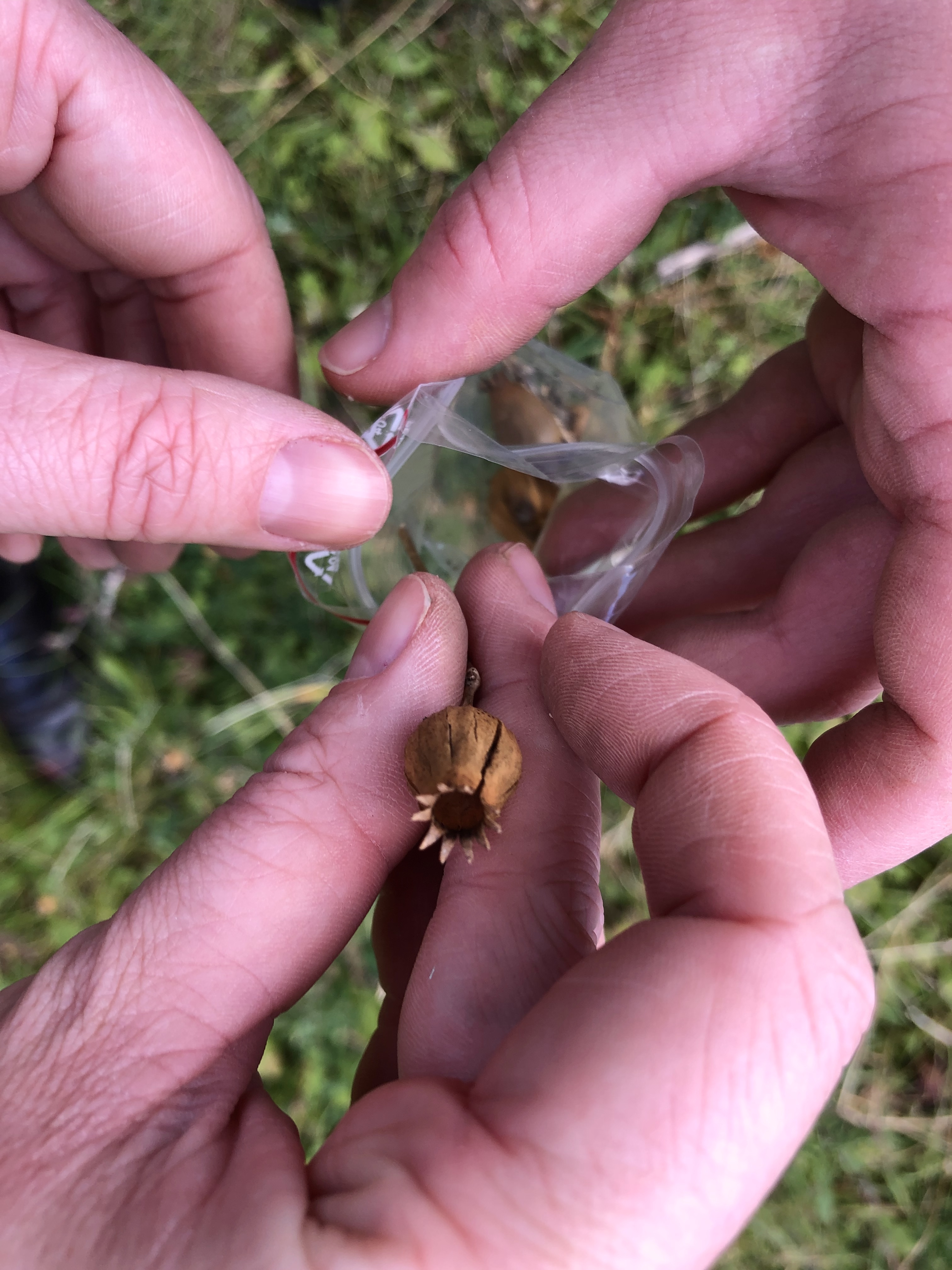
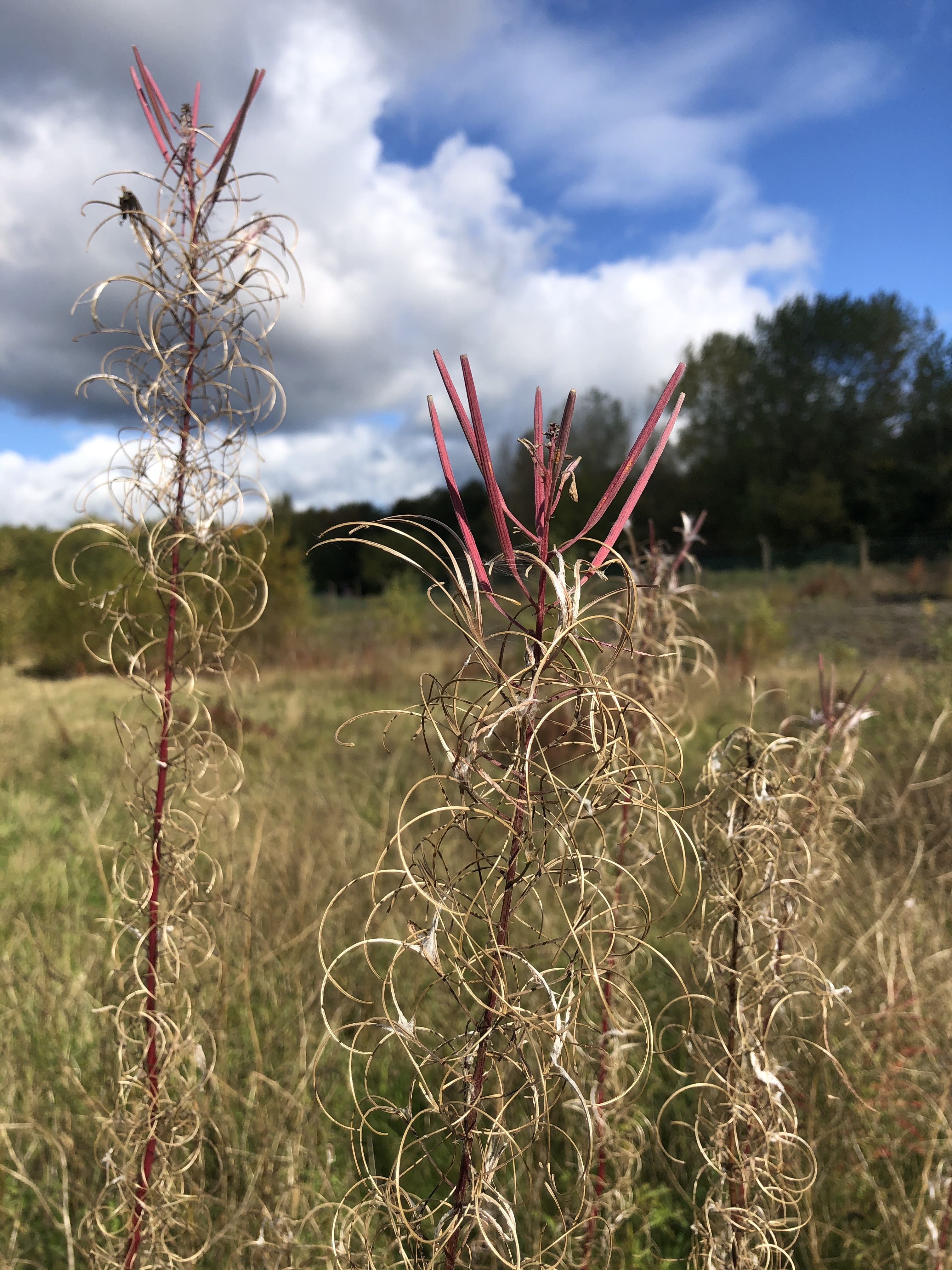
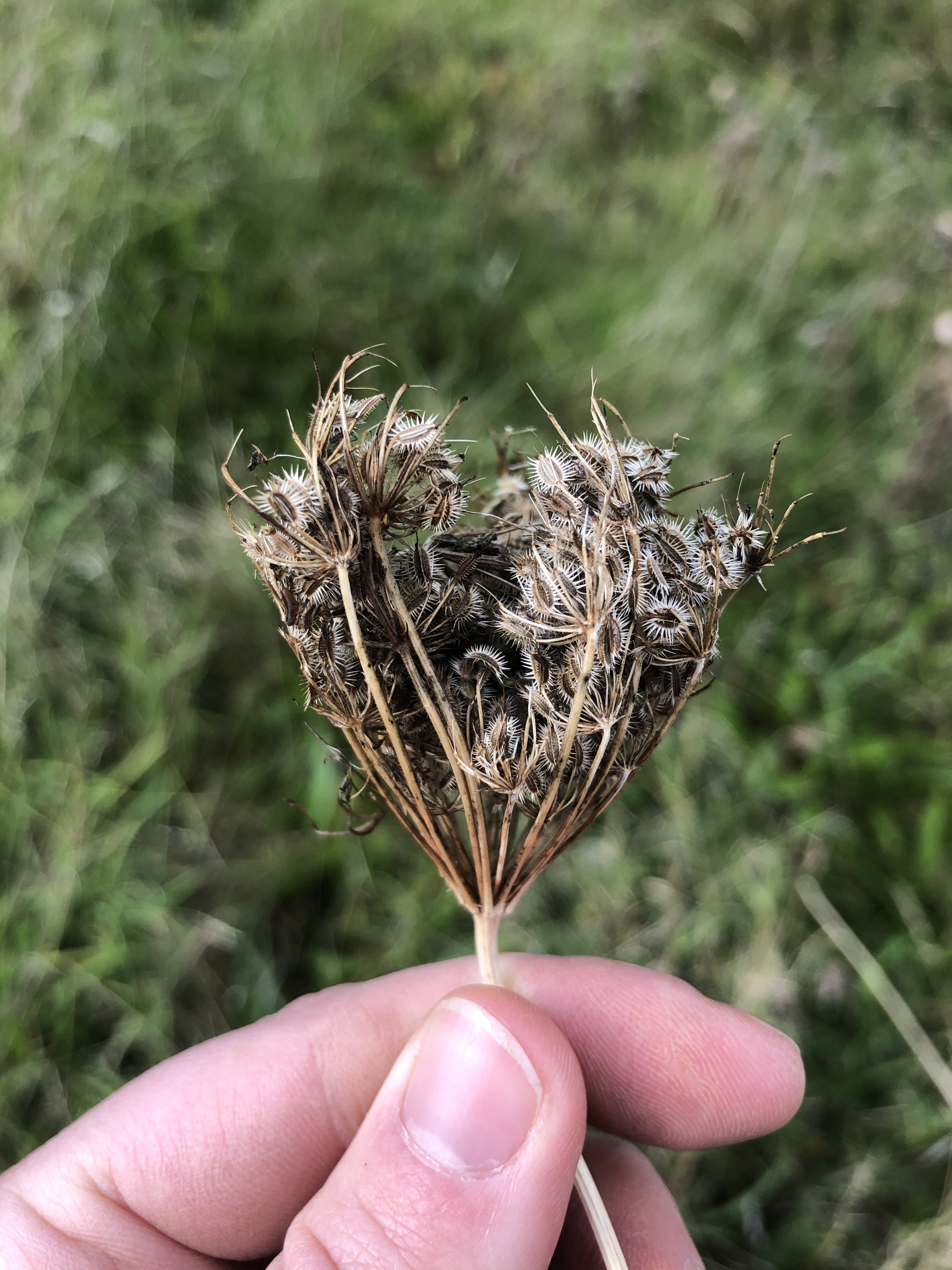
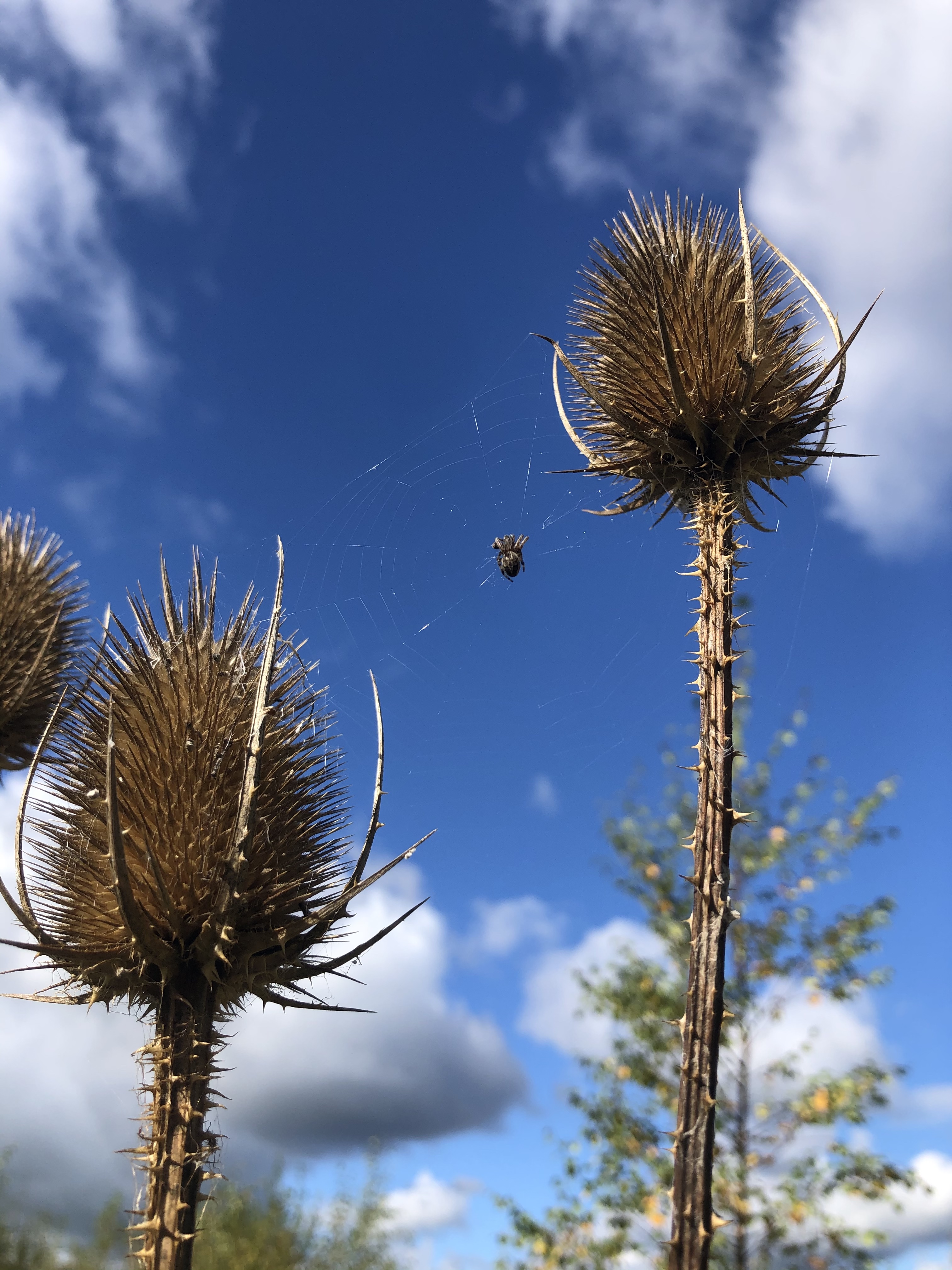

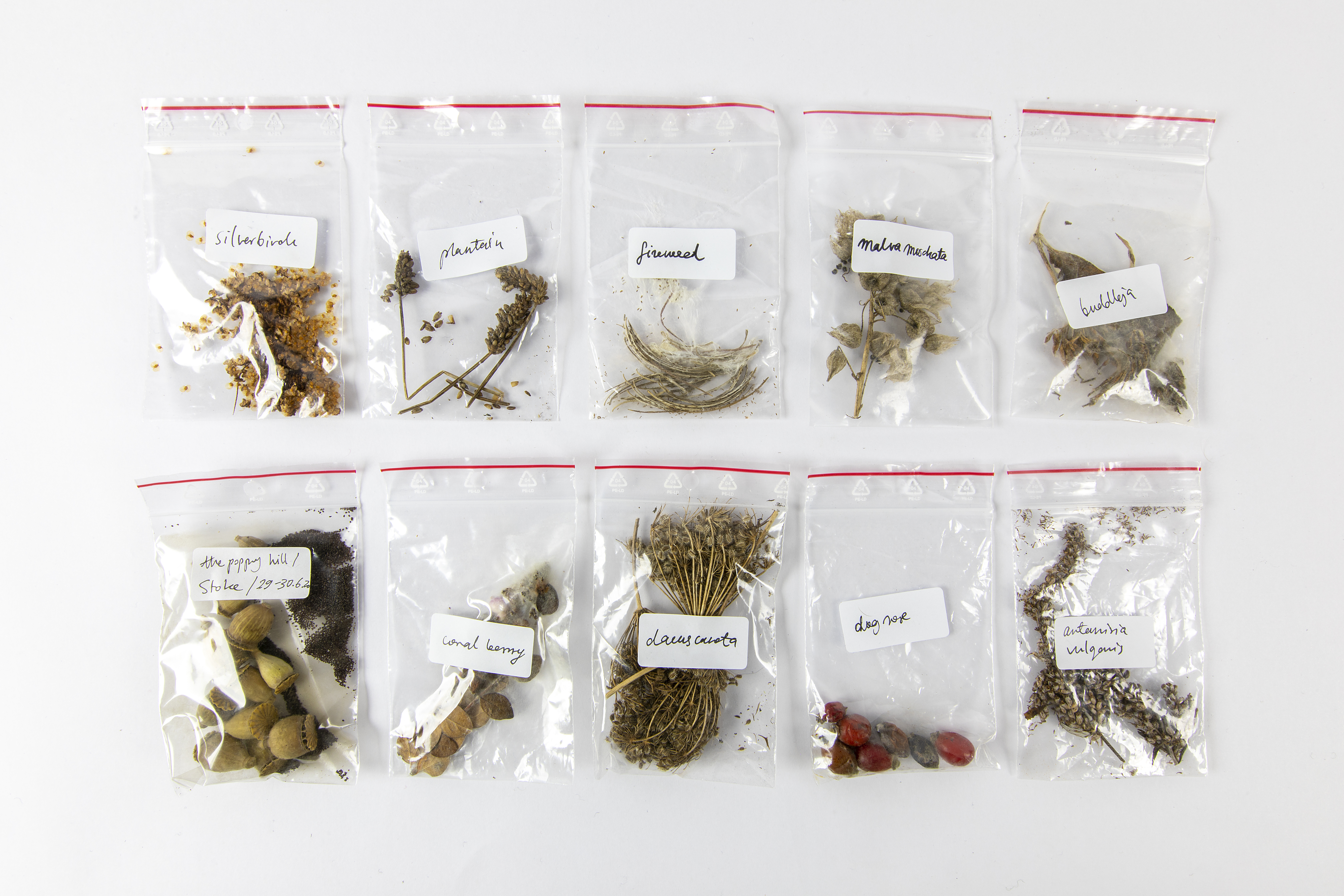
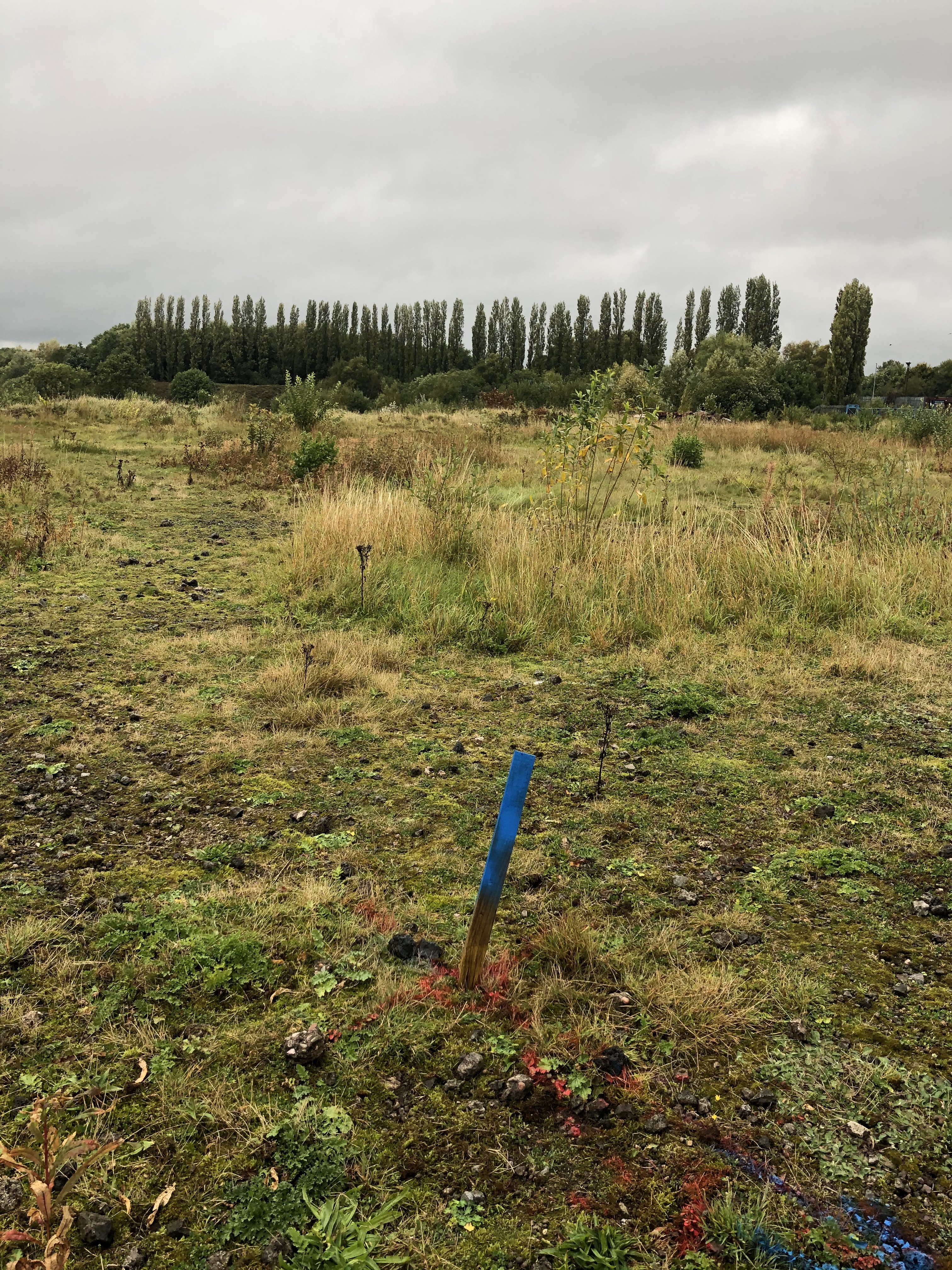
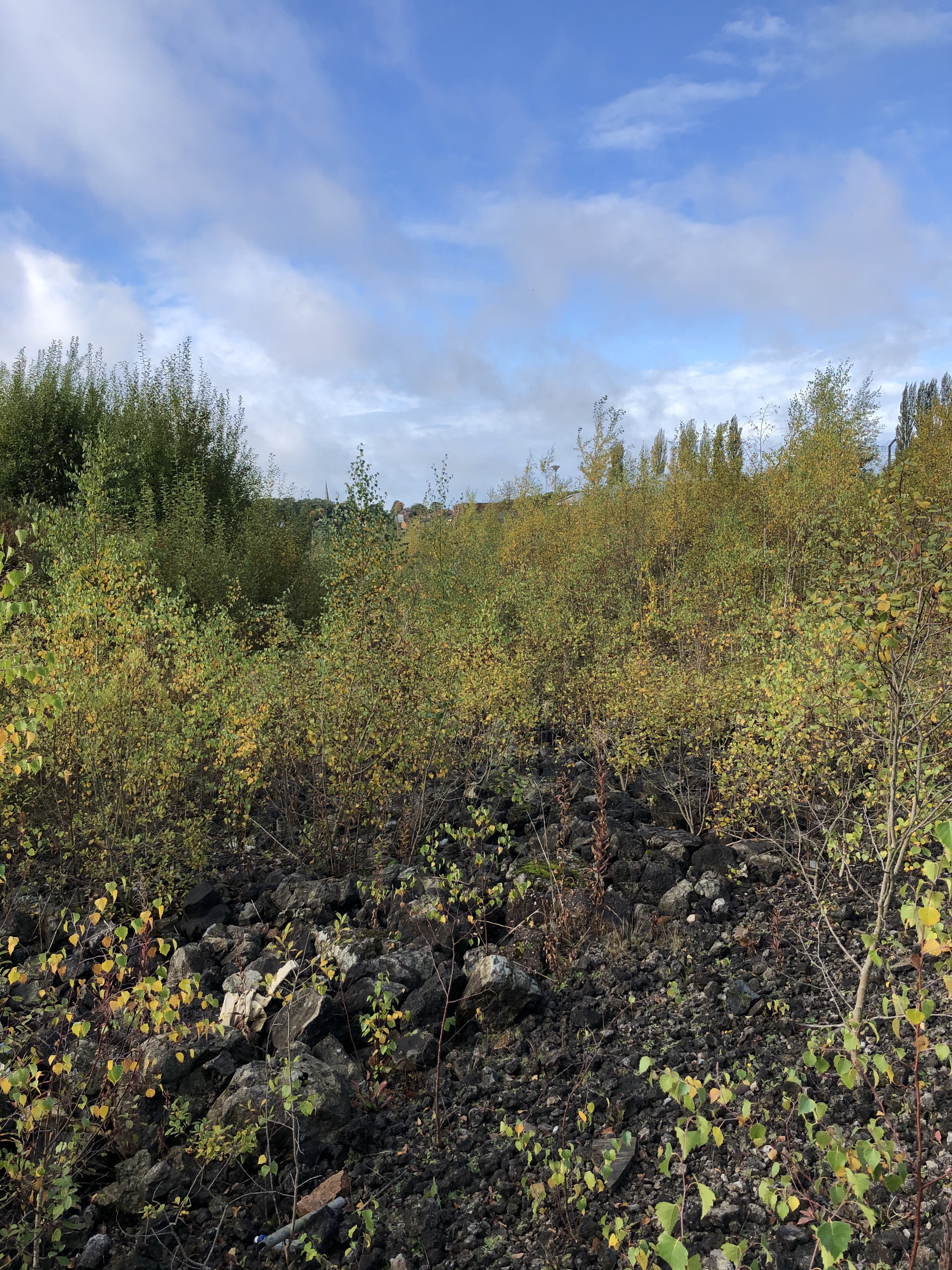

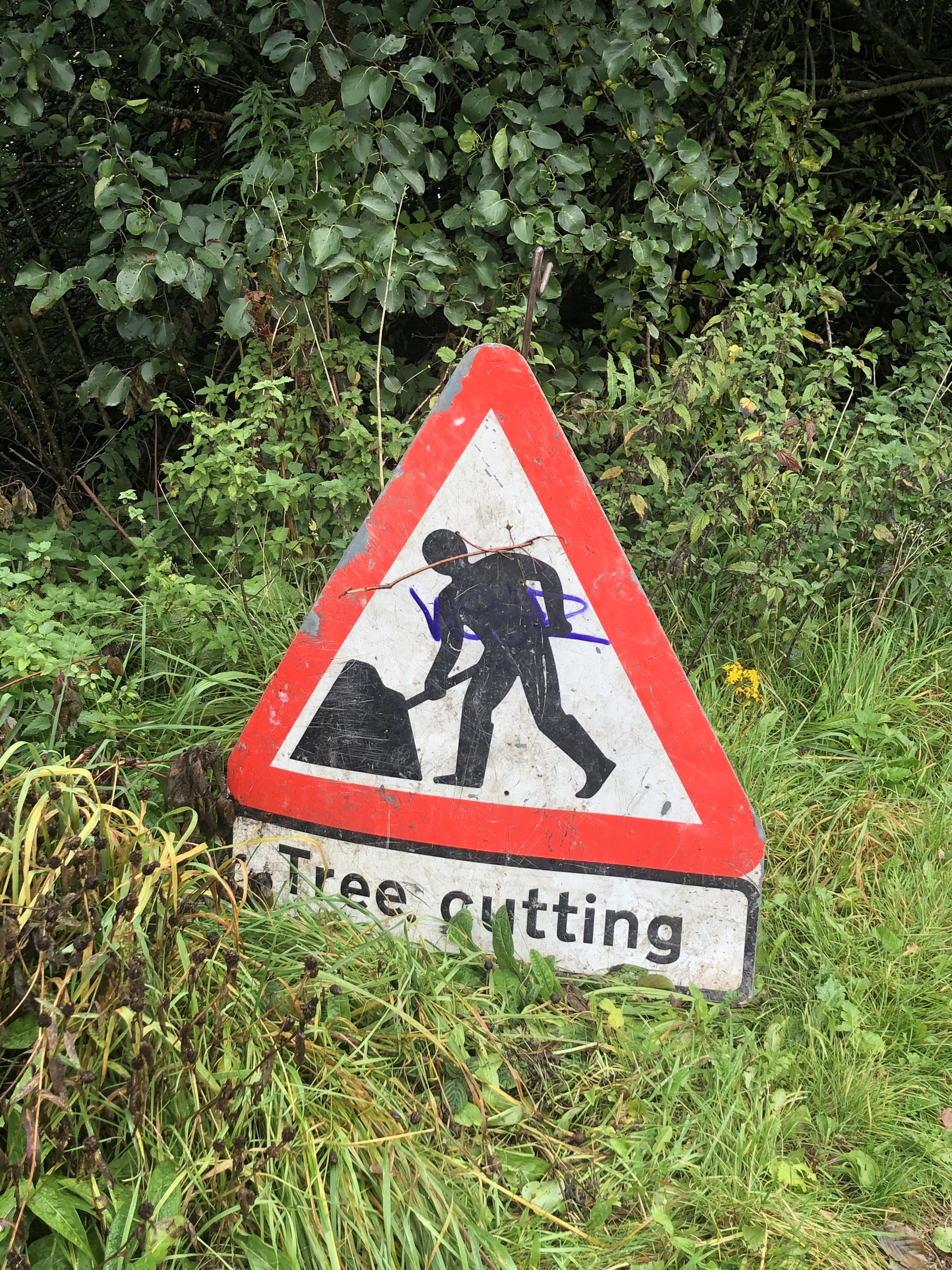
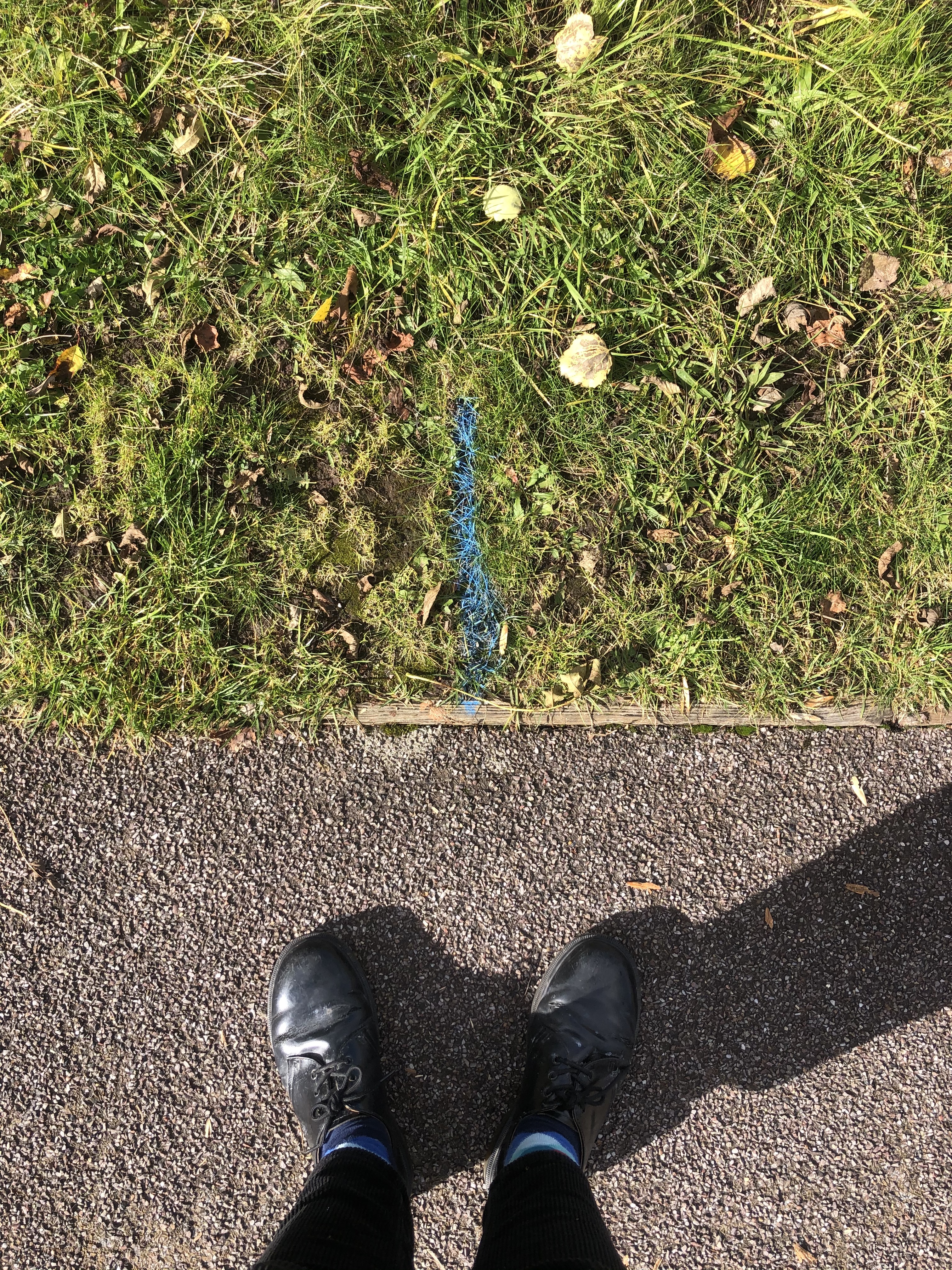
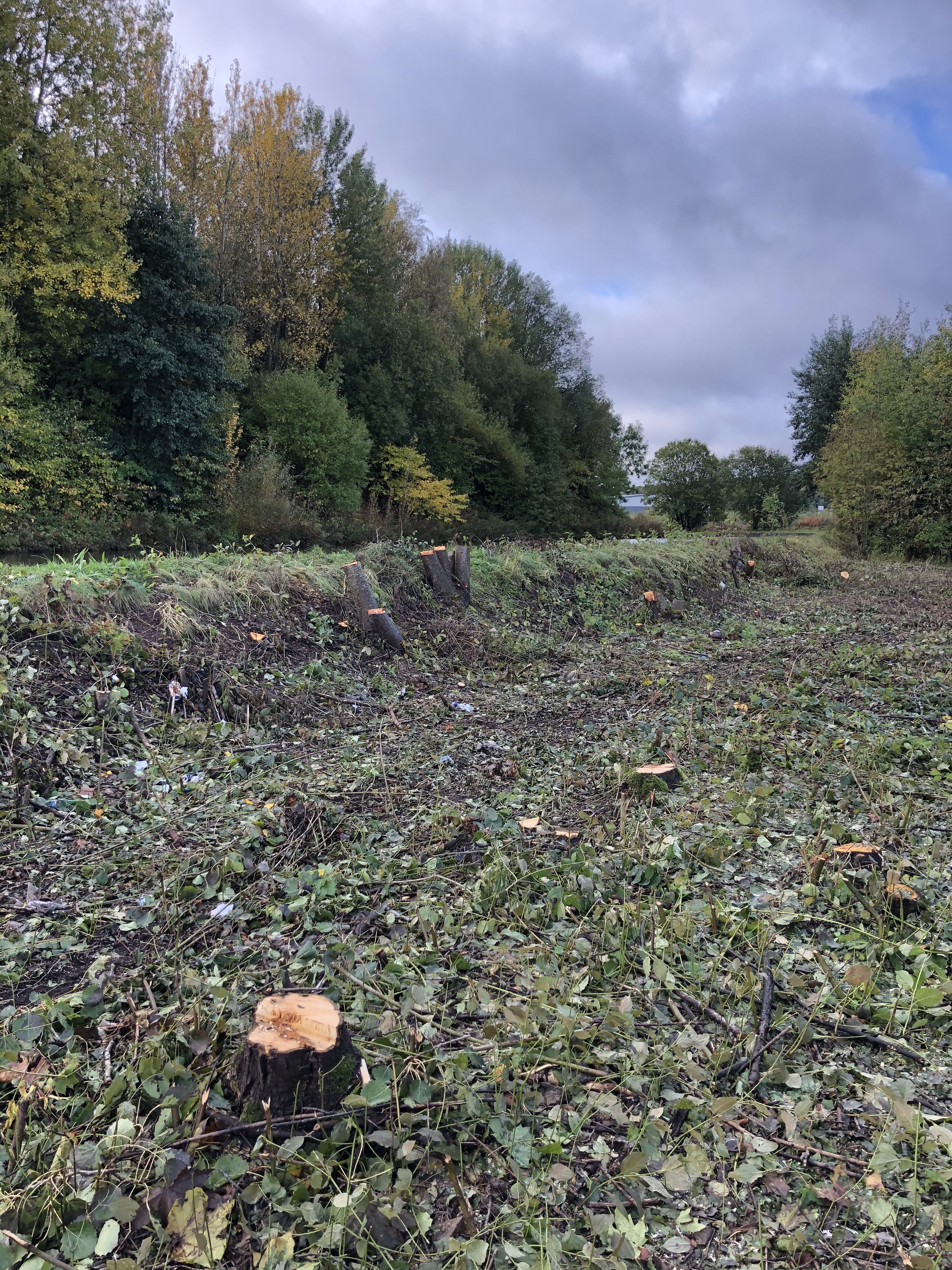
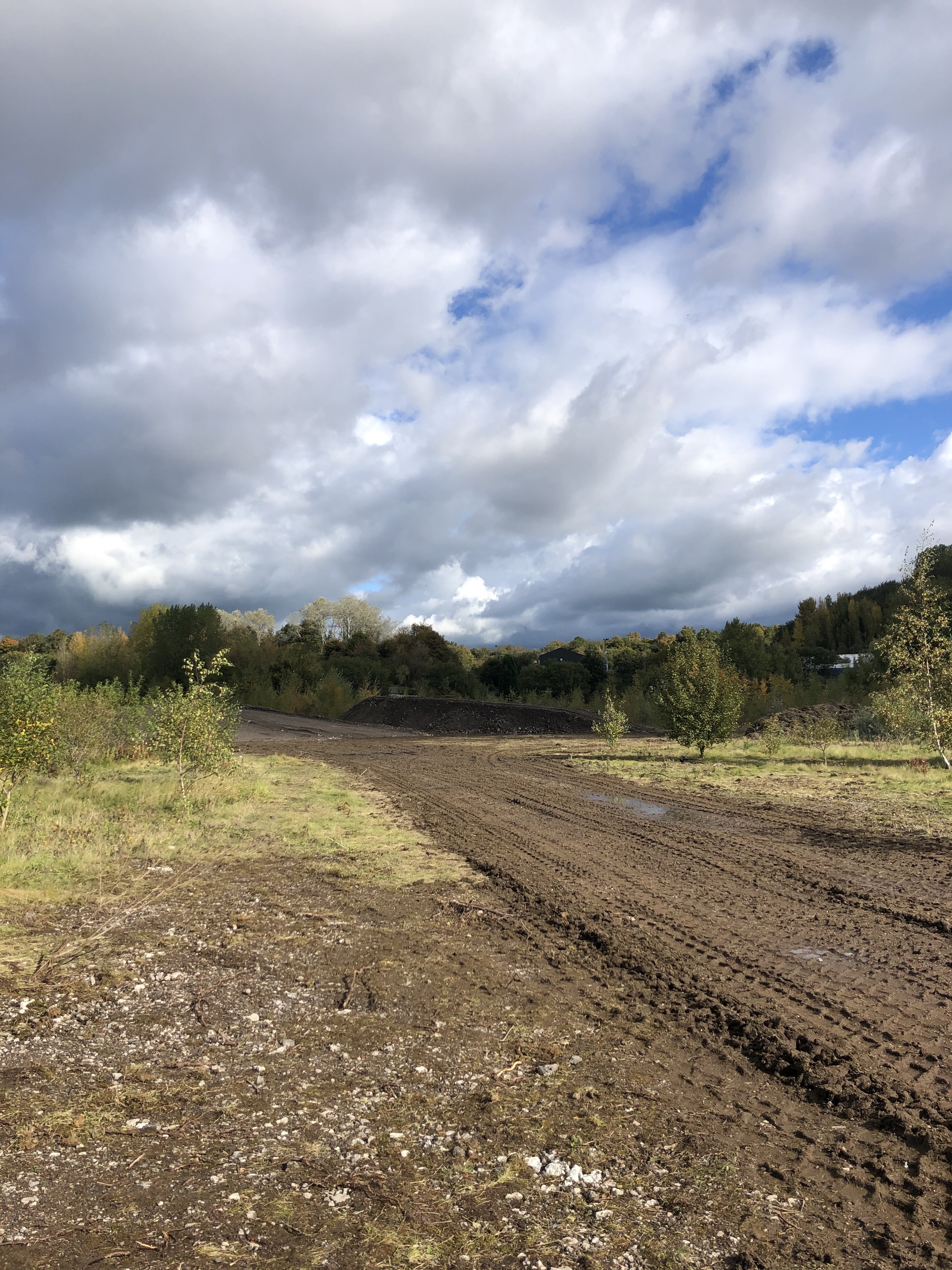

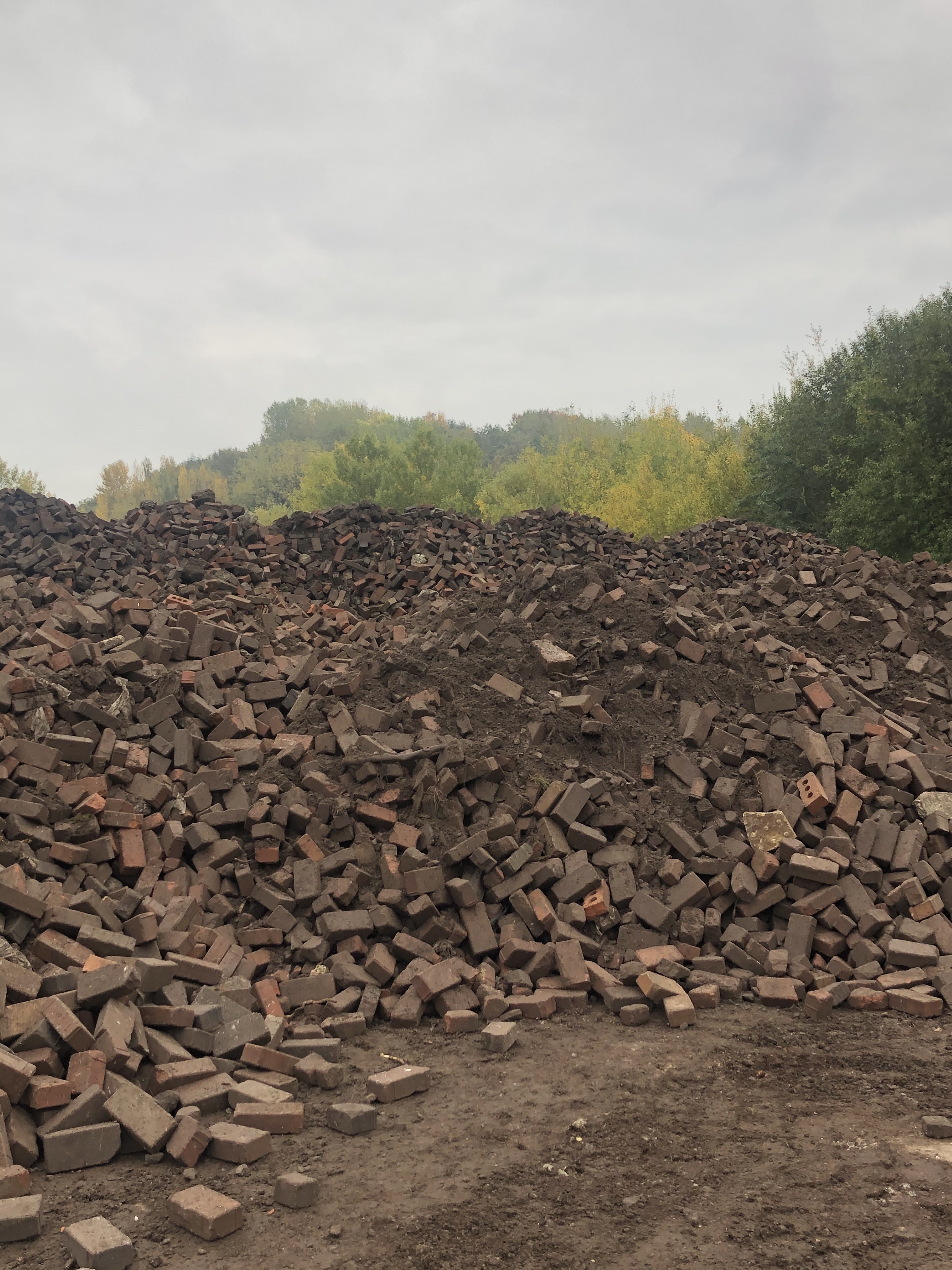
10/2020
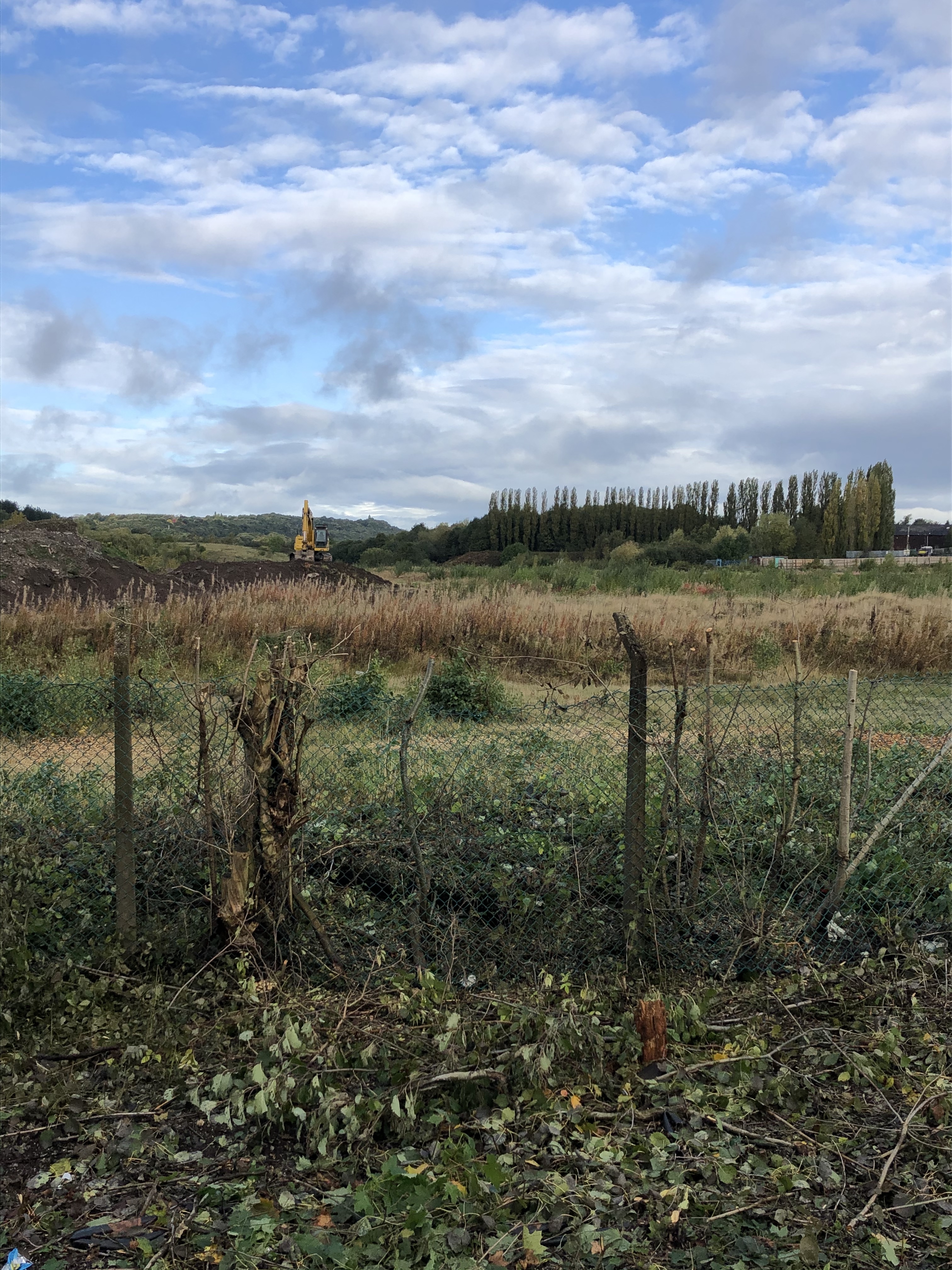
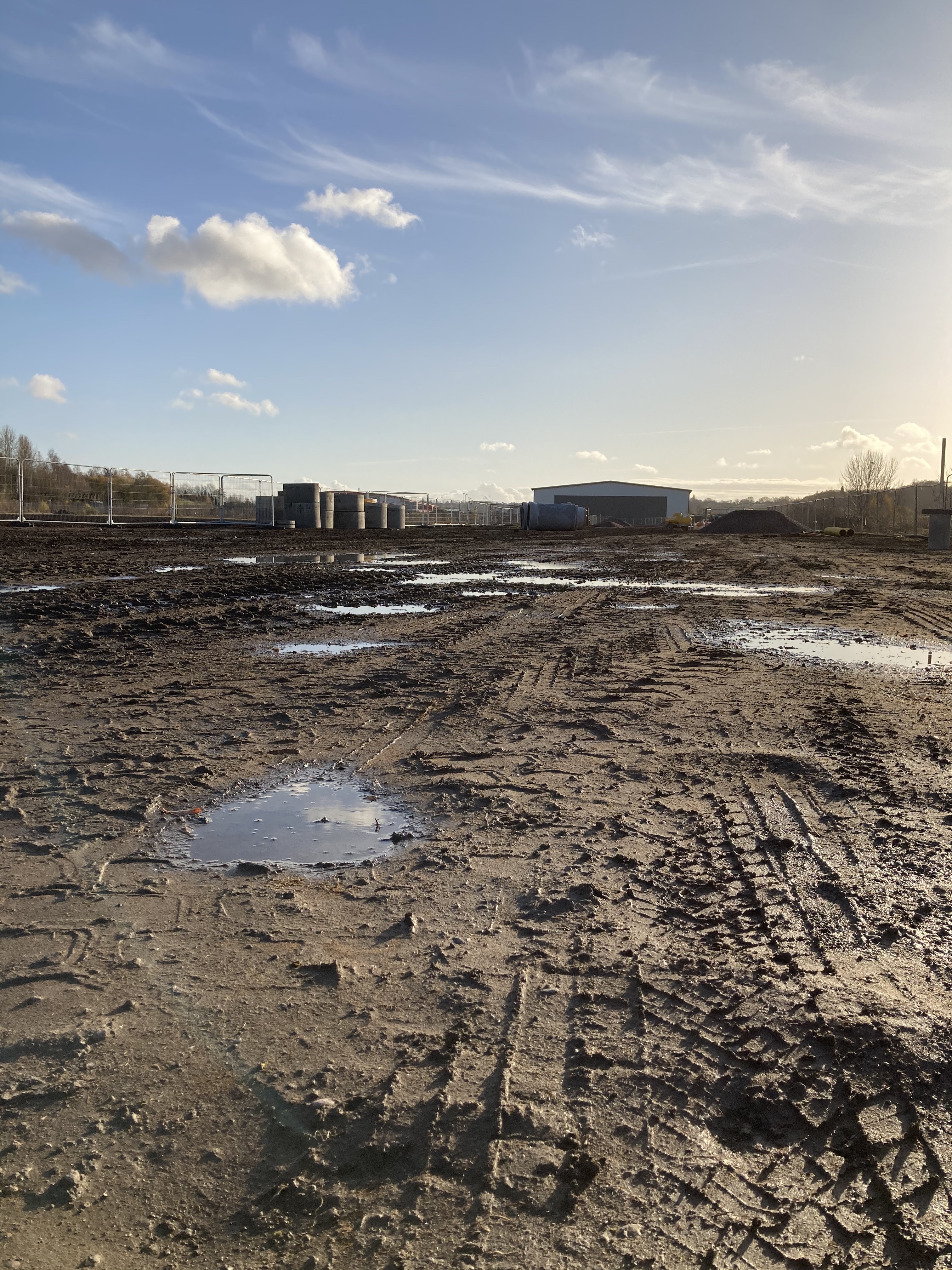
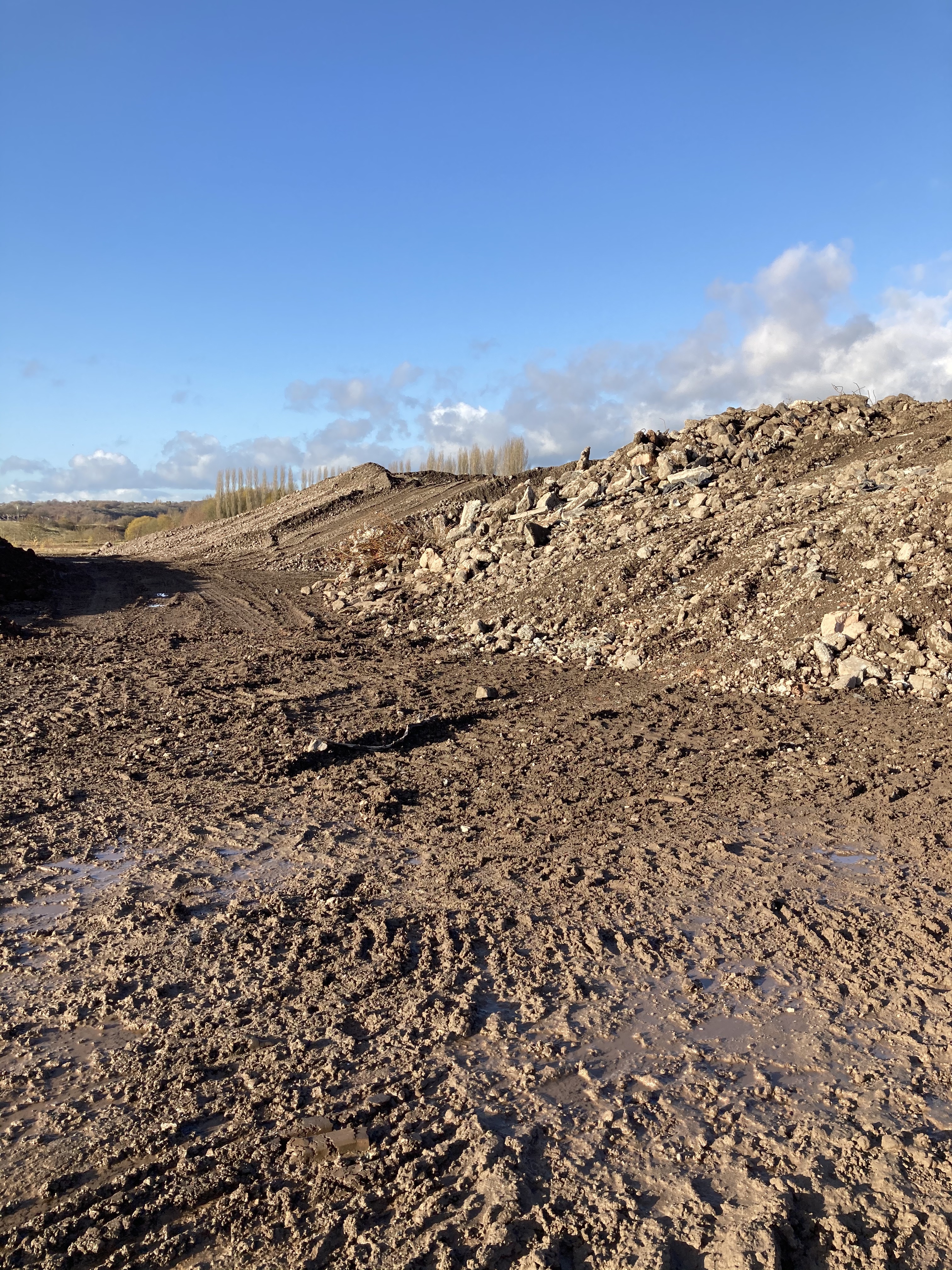
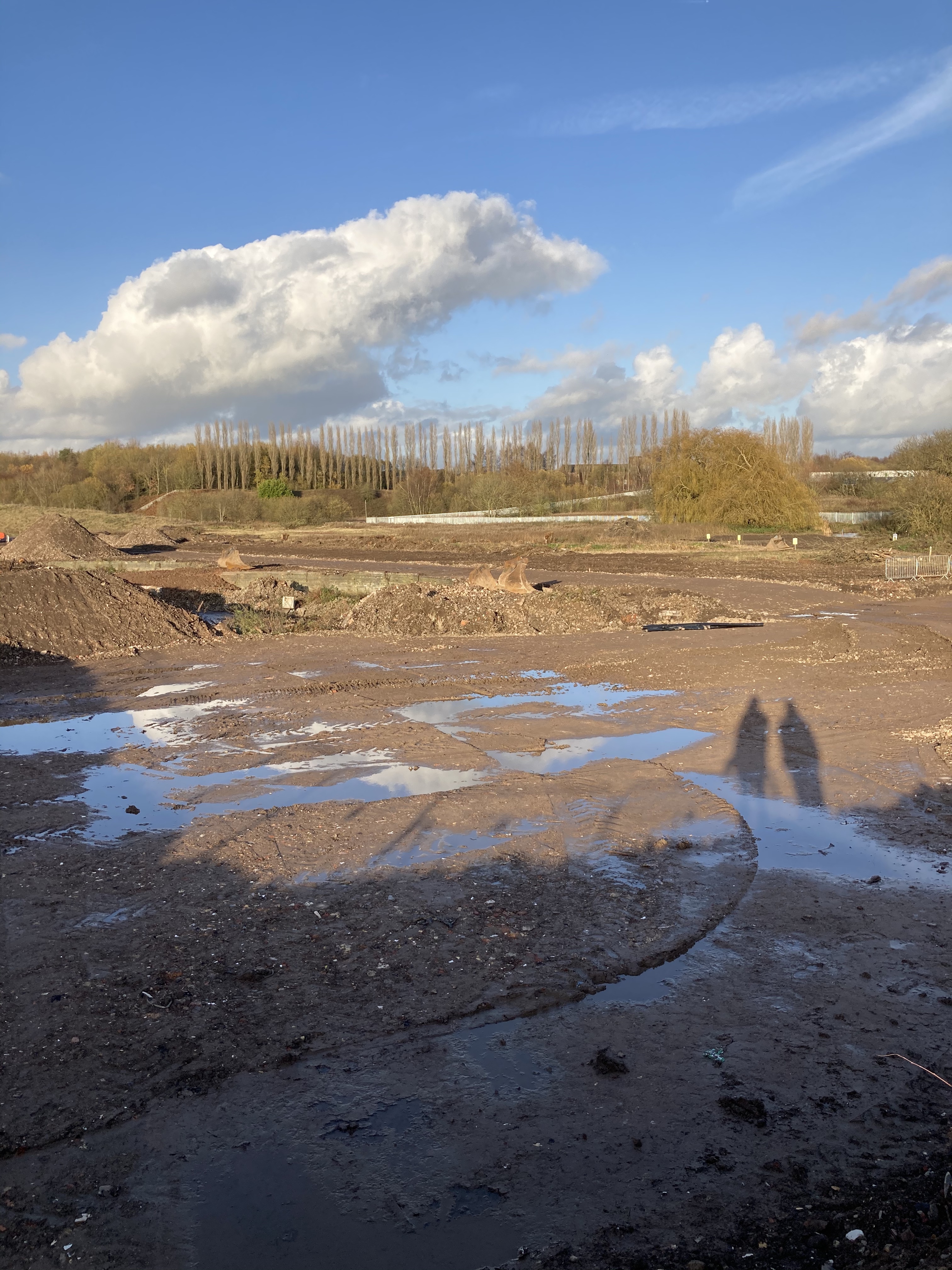
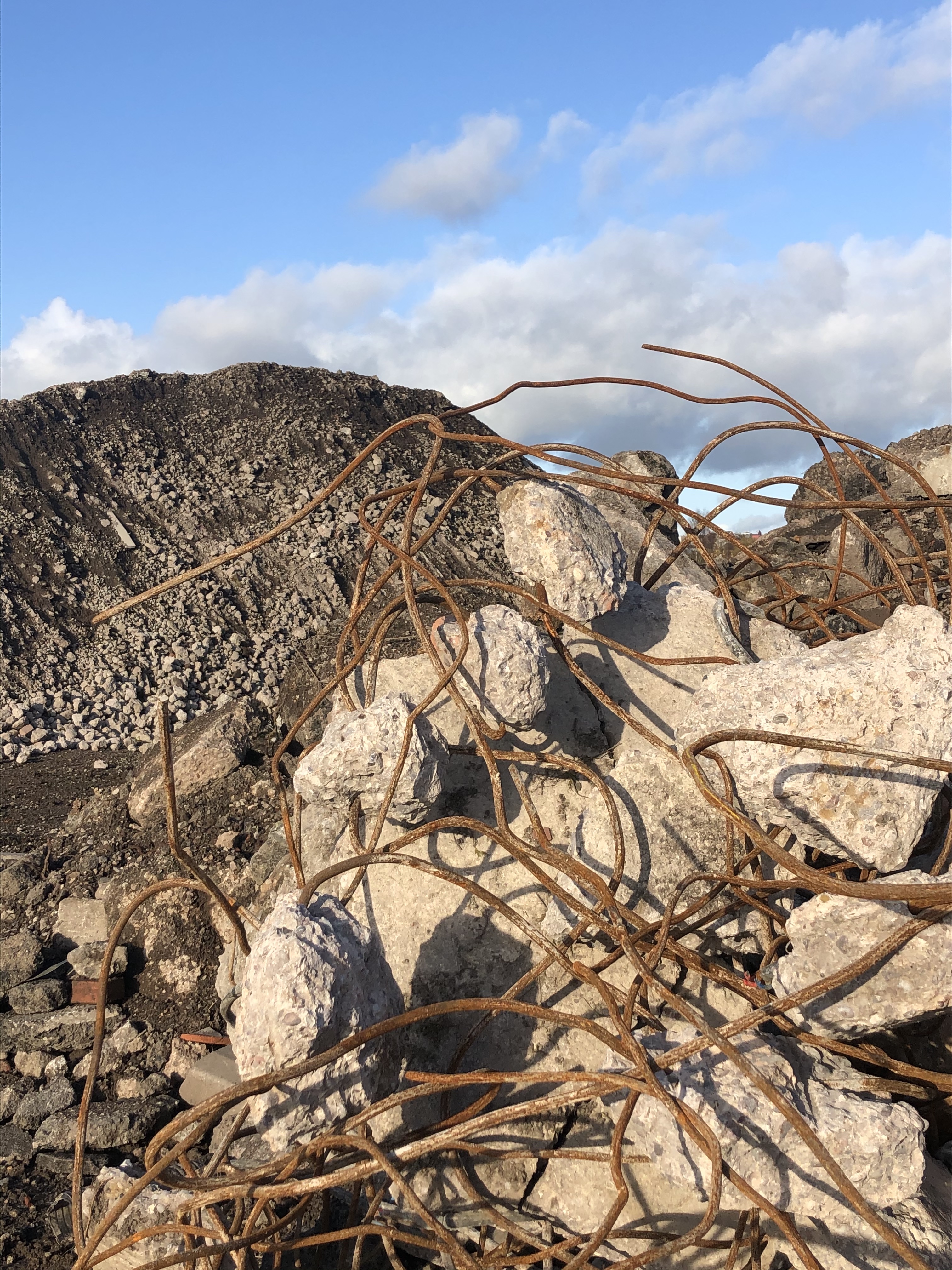
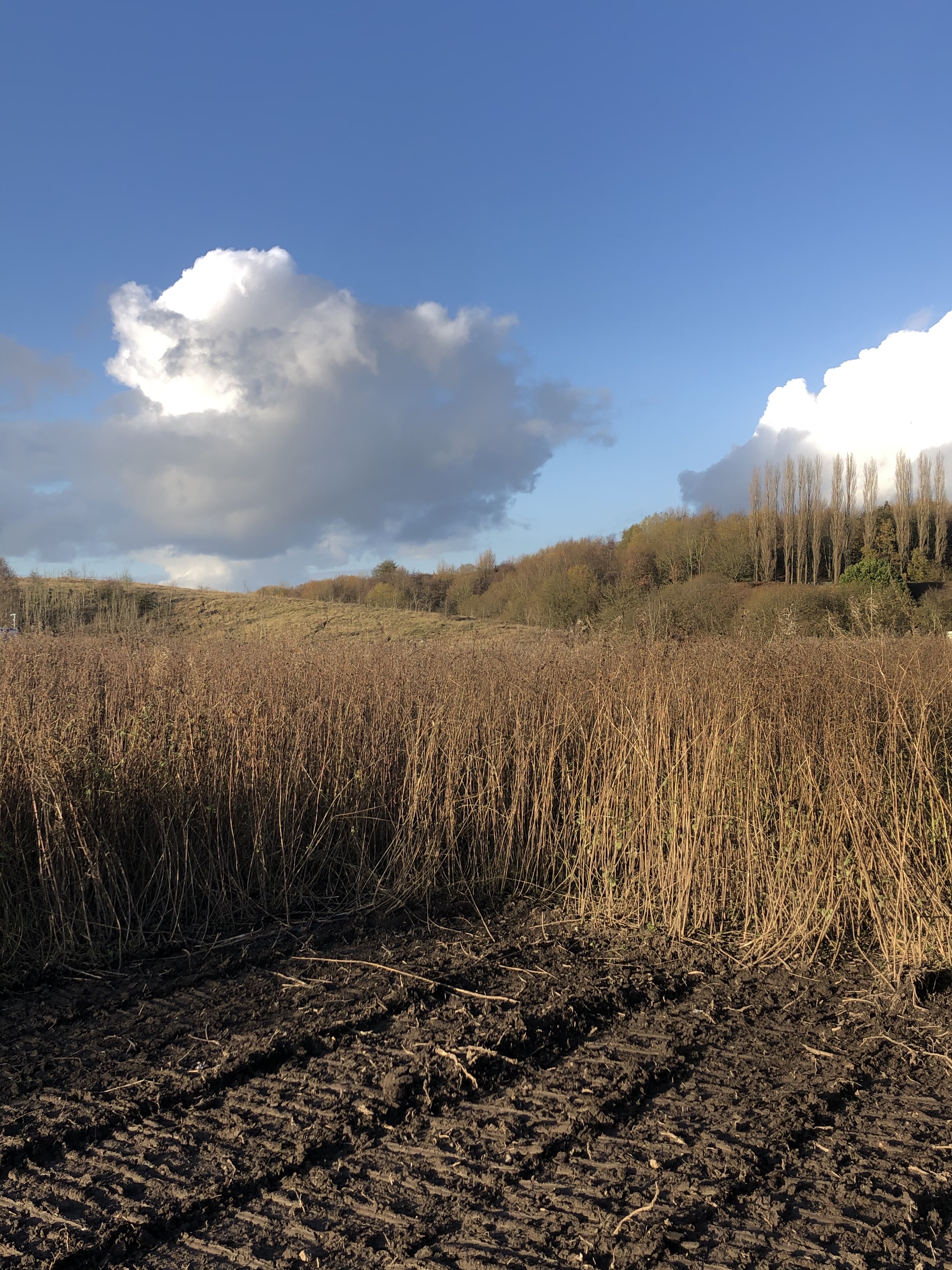
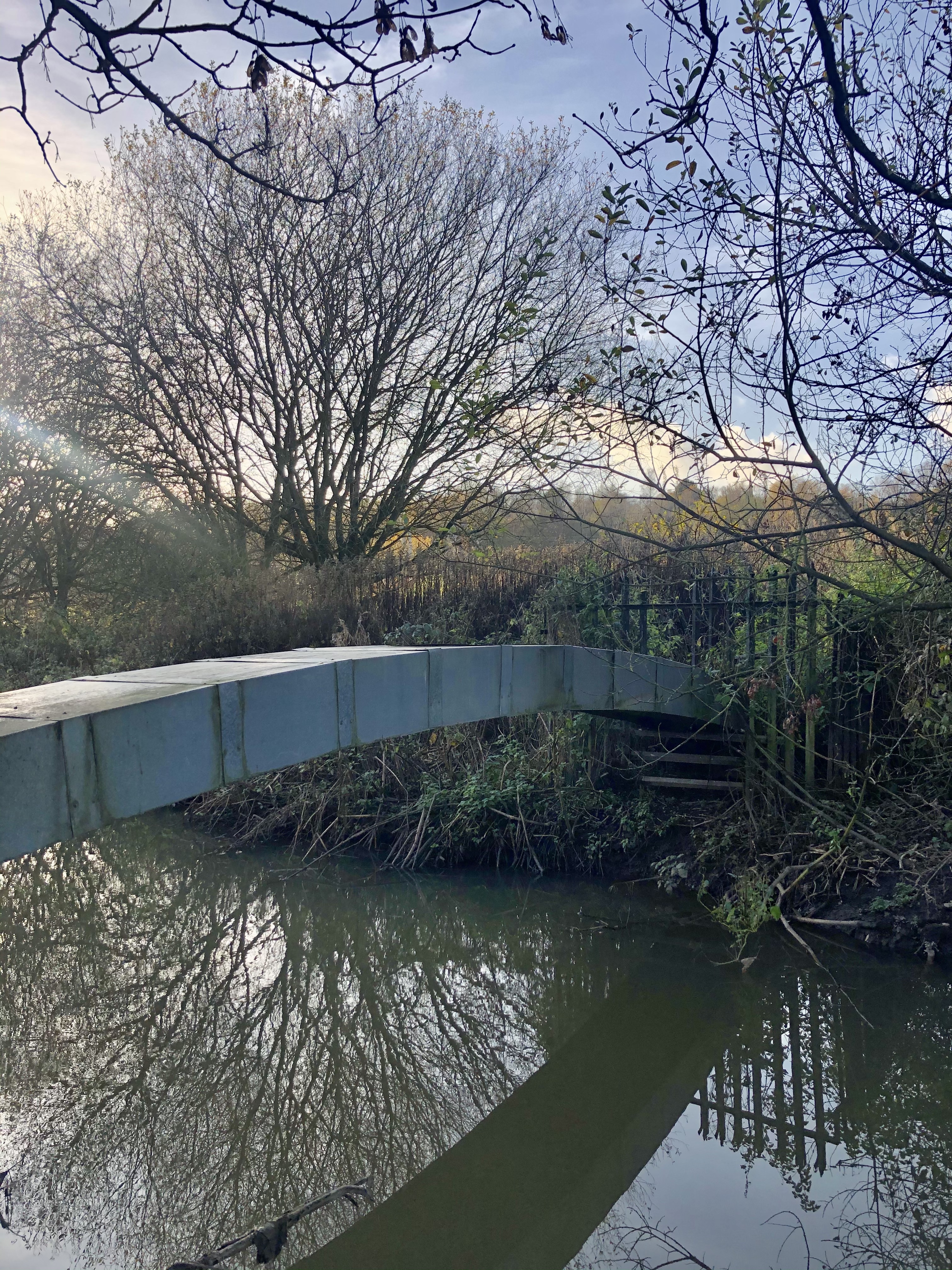
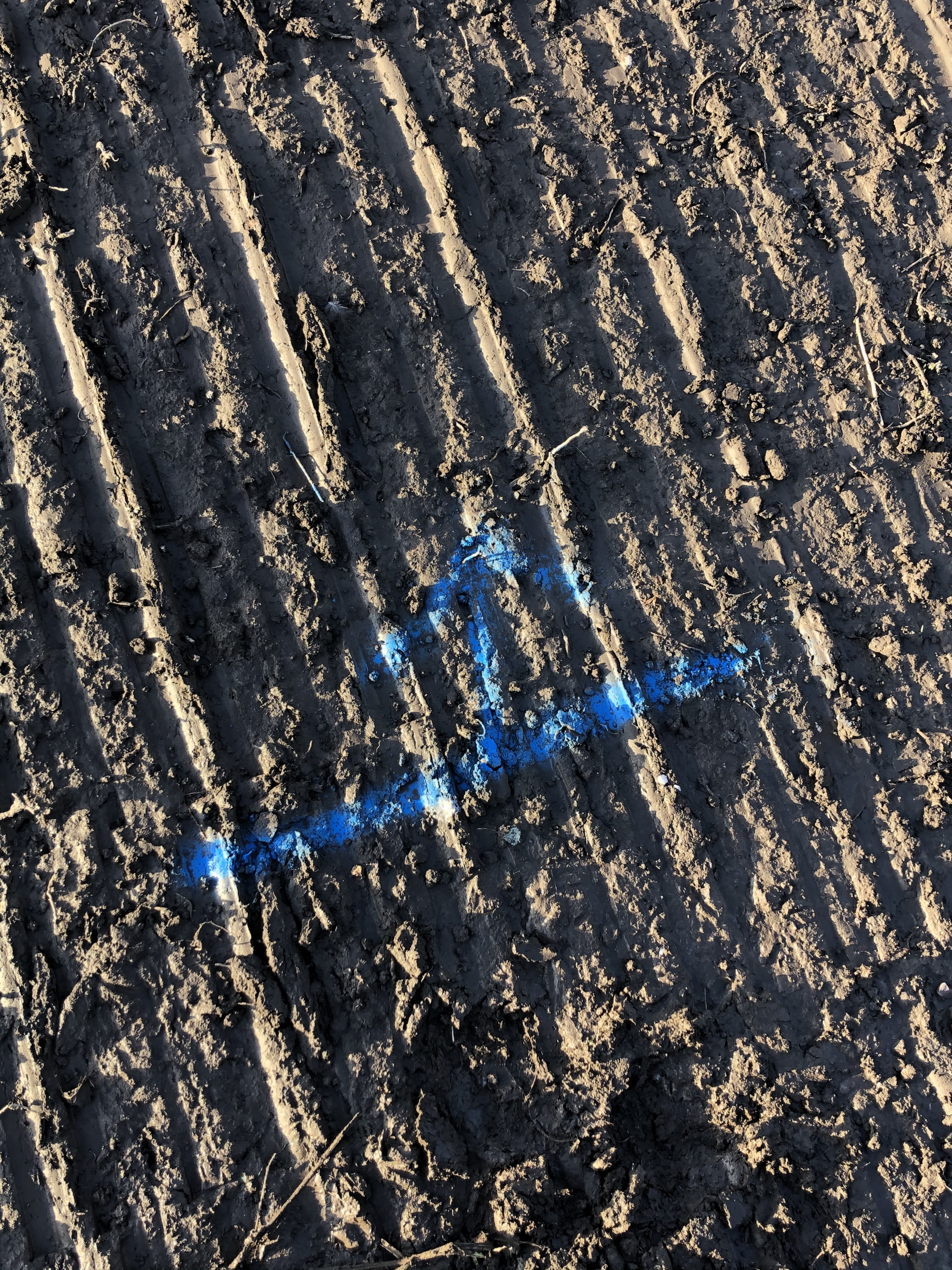

11/2020
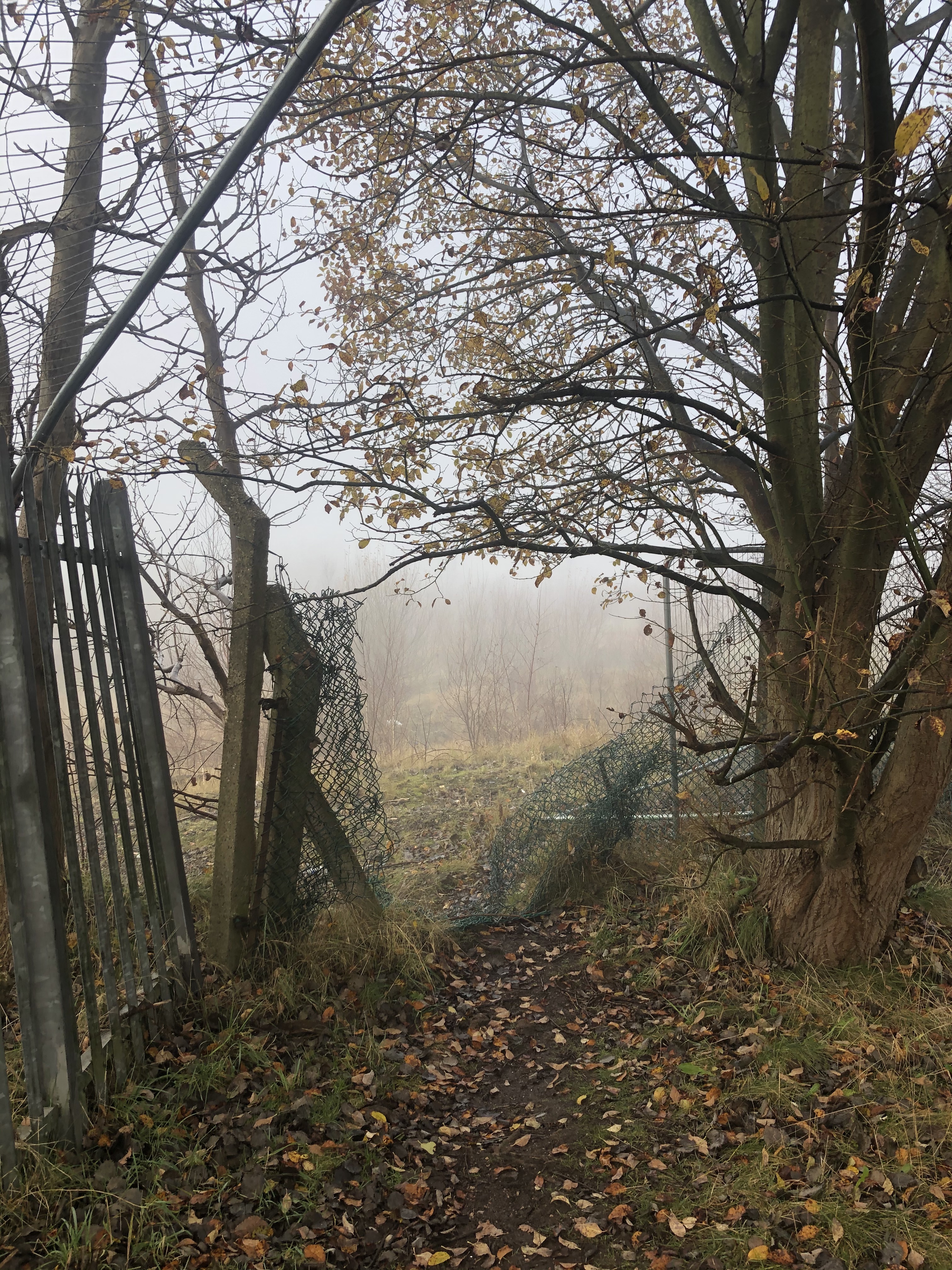


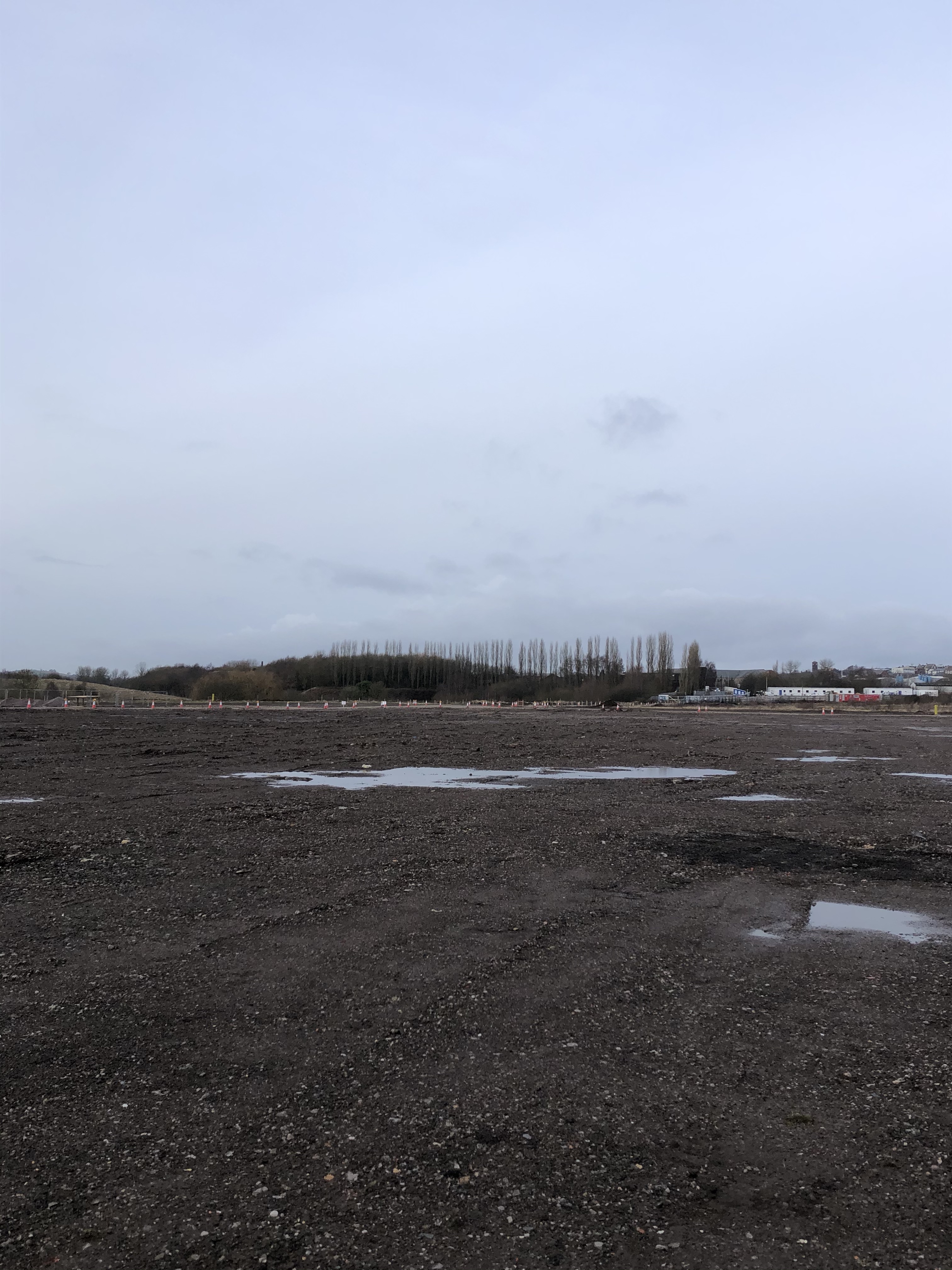
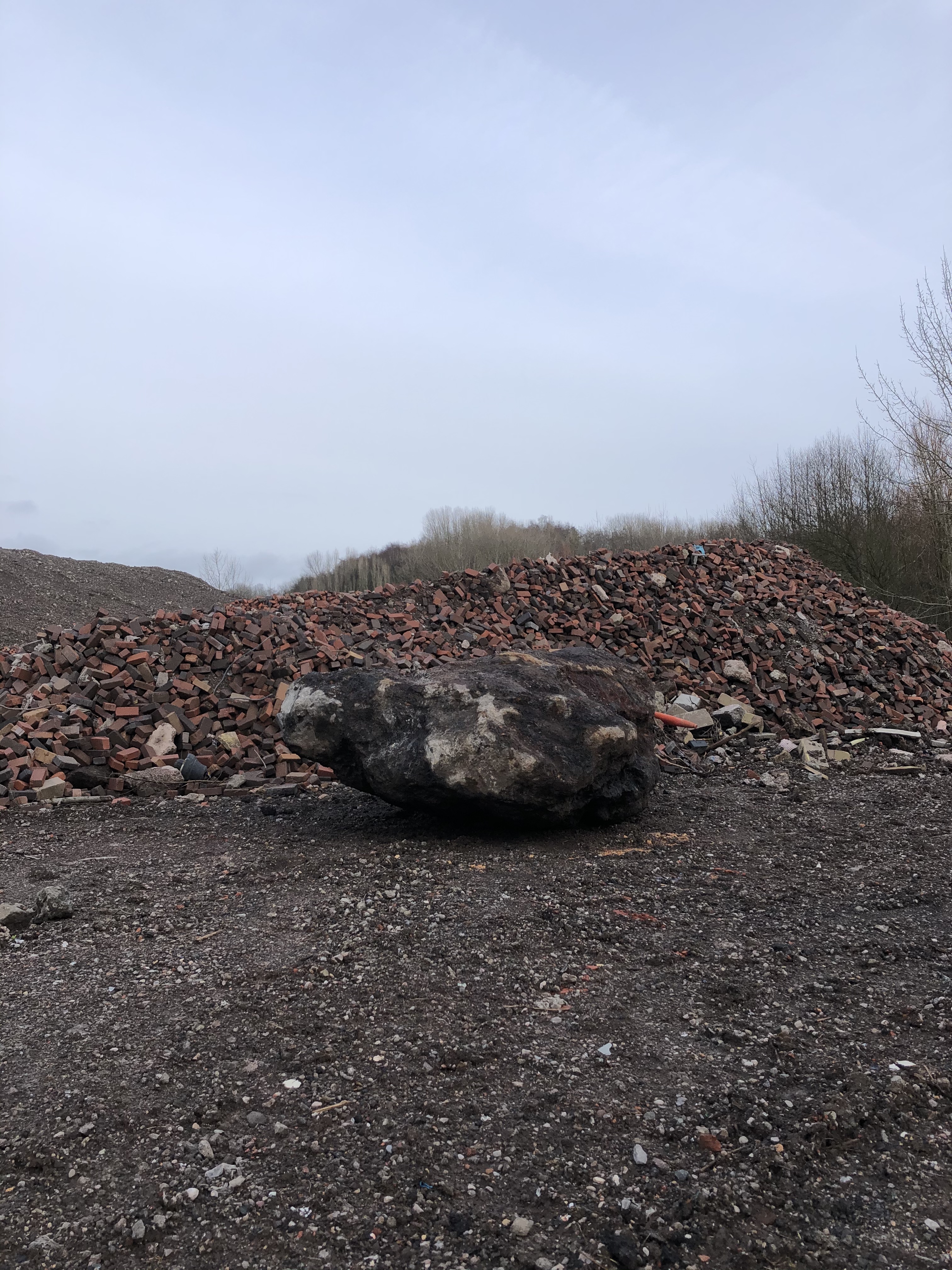
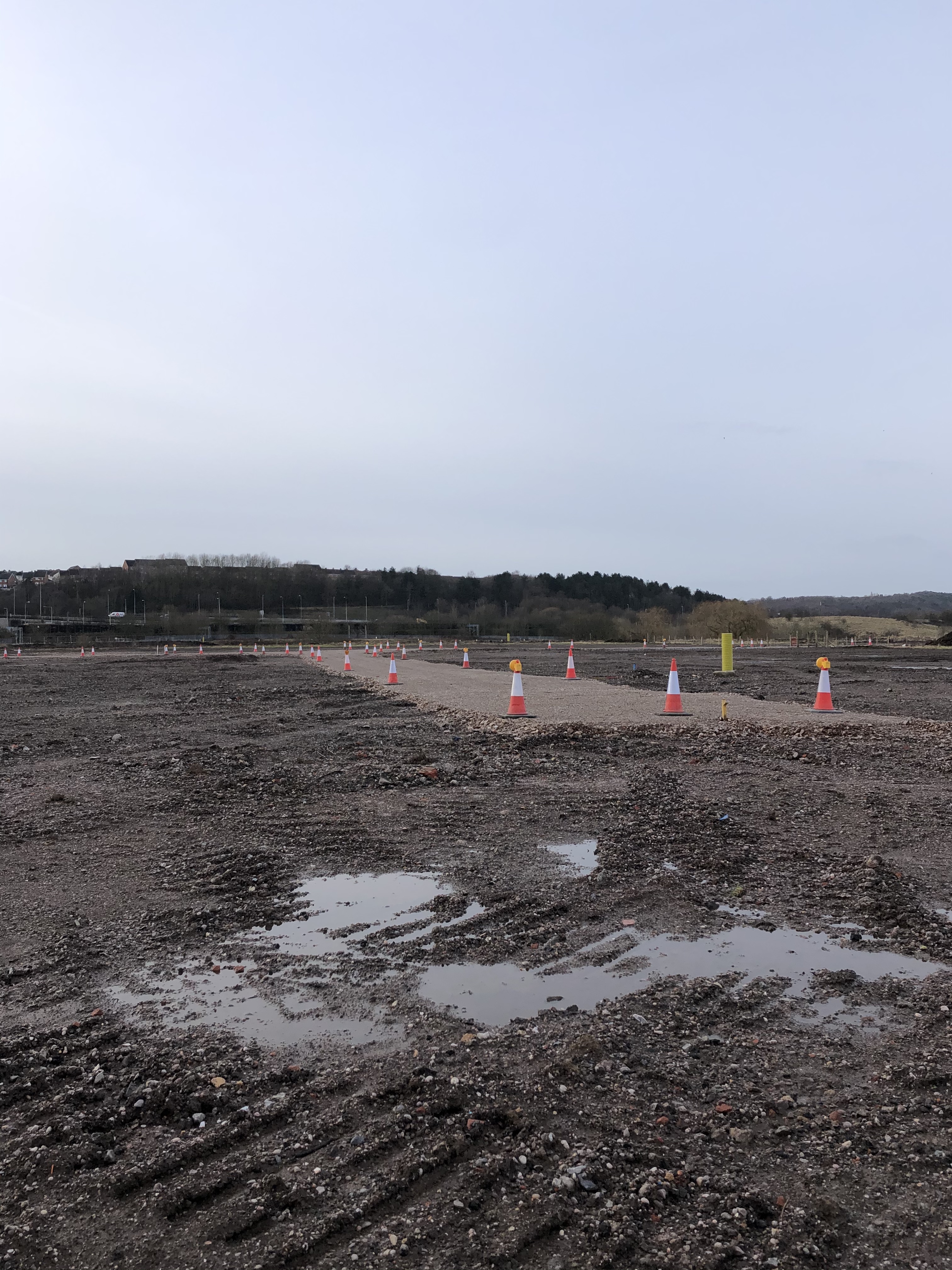
12/2020